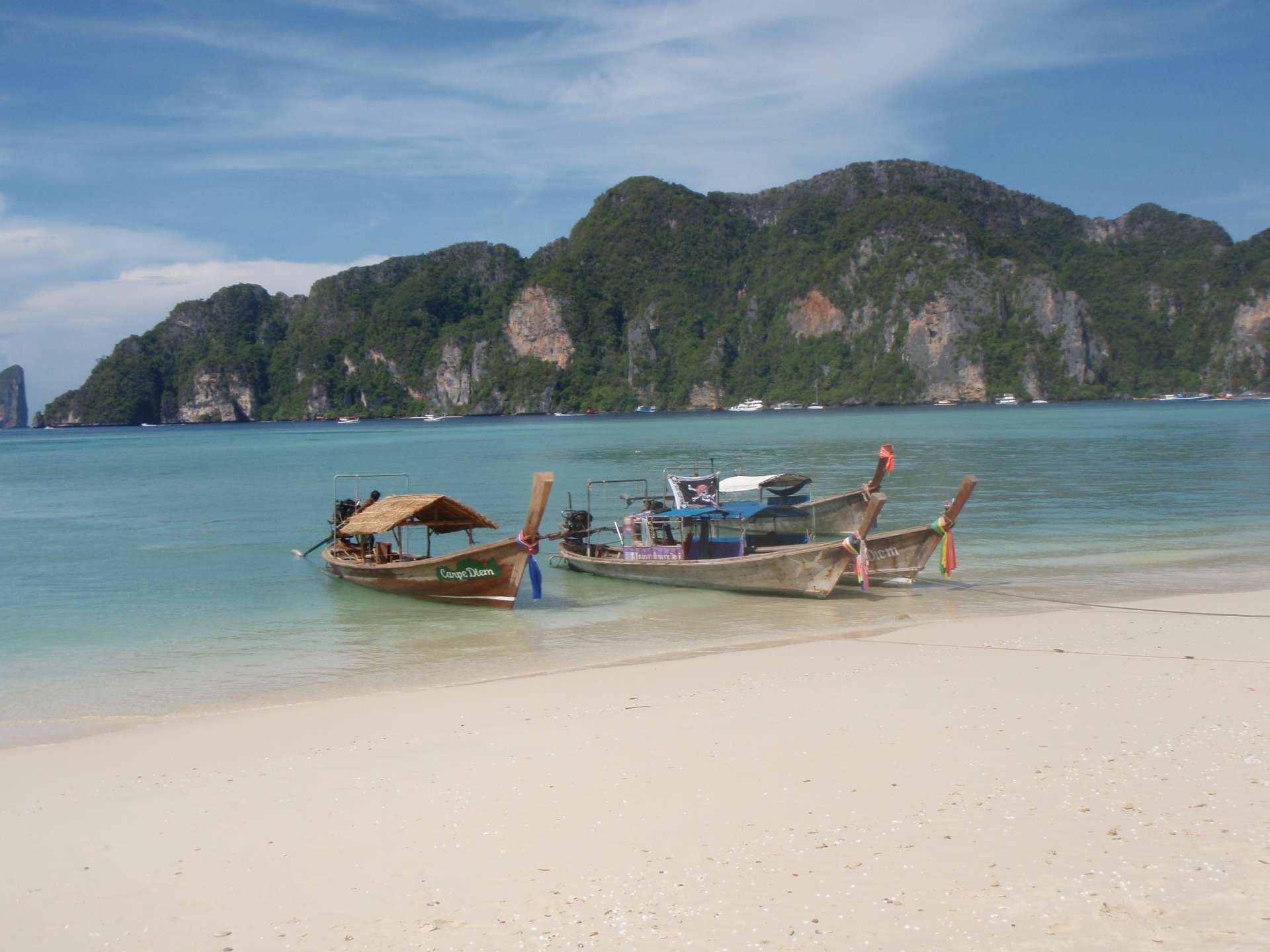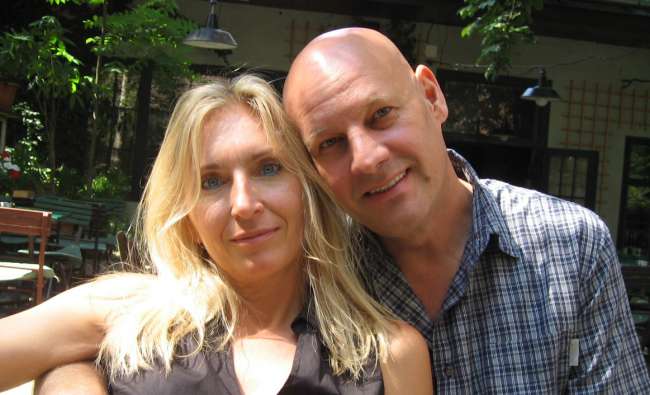Nepal: ... up to the Himalayas: Trekking in the Langtang National Park
Опубликовано: 06.07.2017
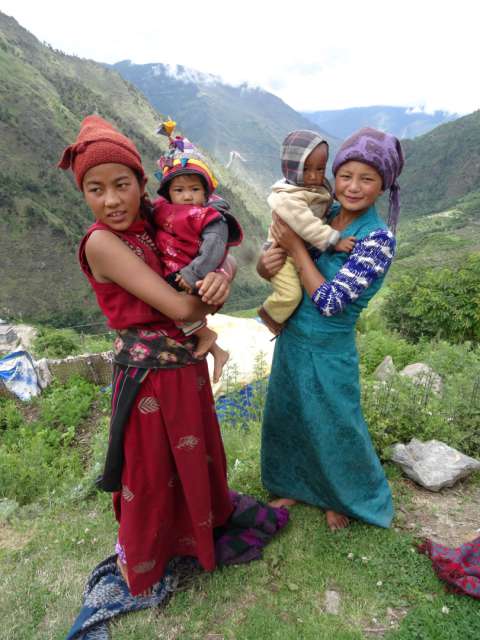
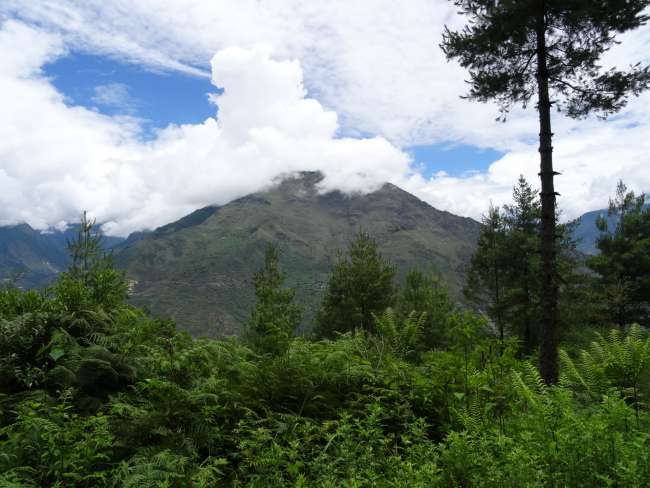
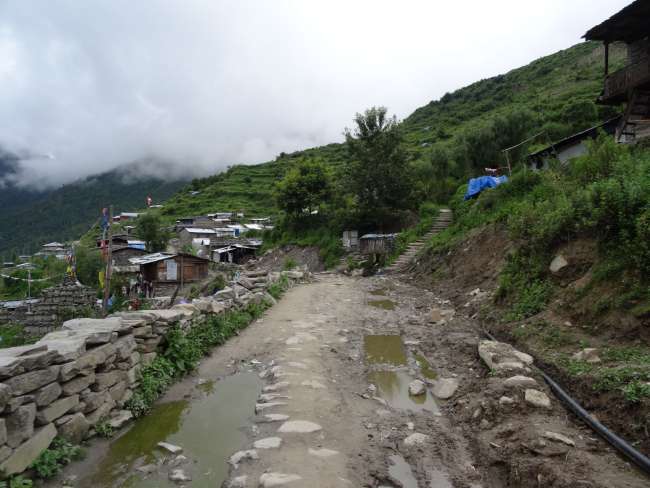
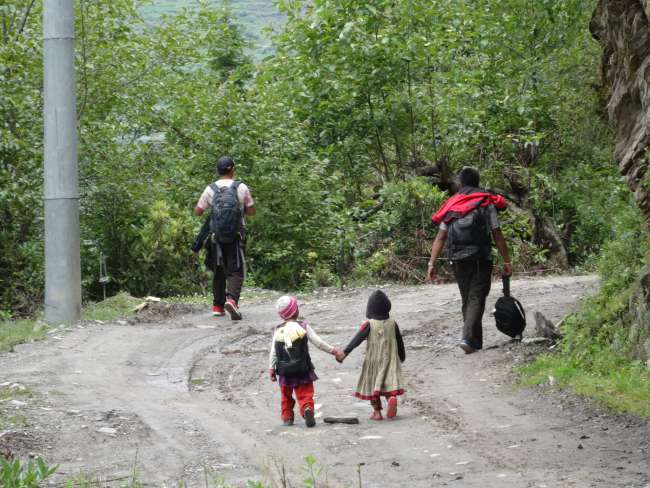
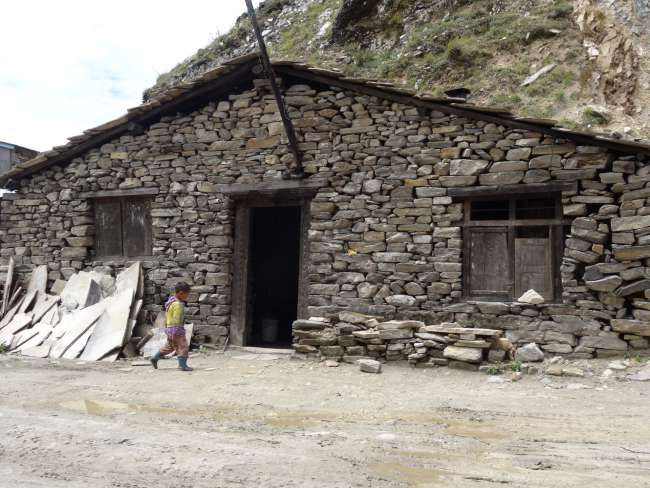
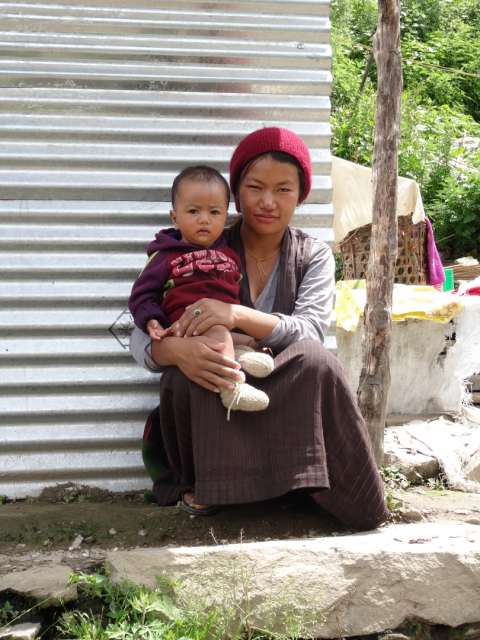
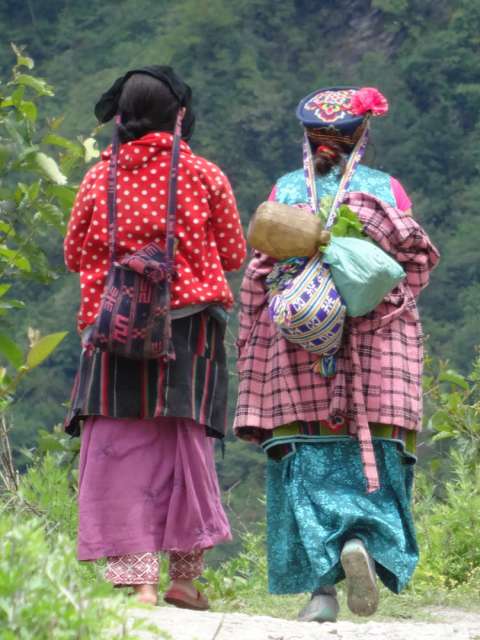
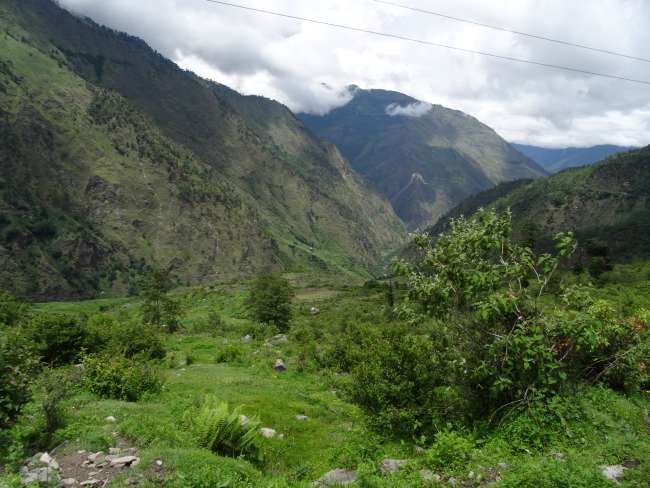
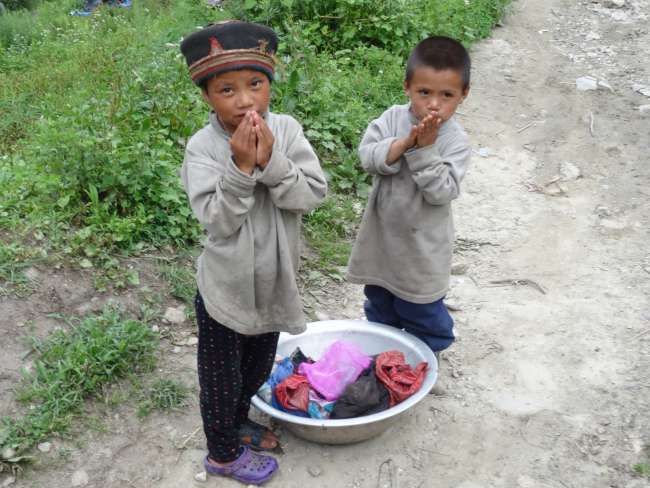
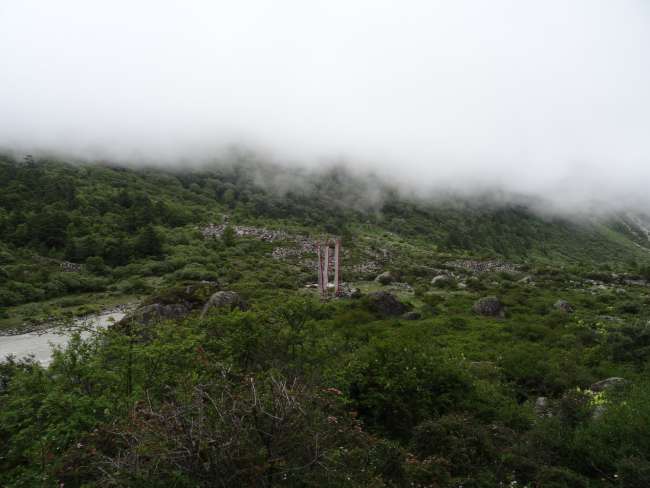
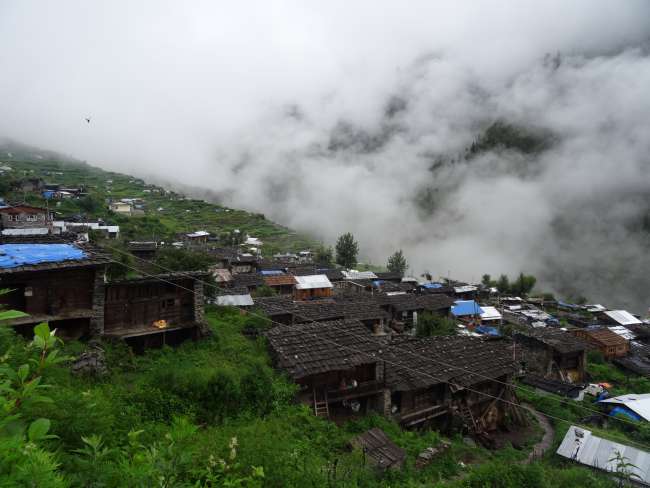

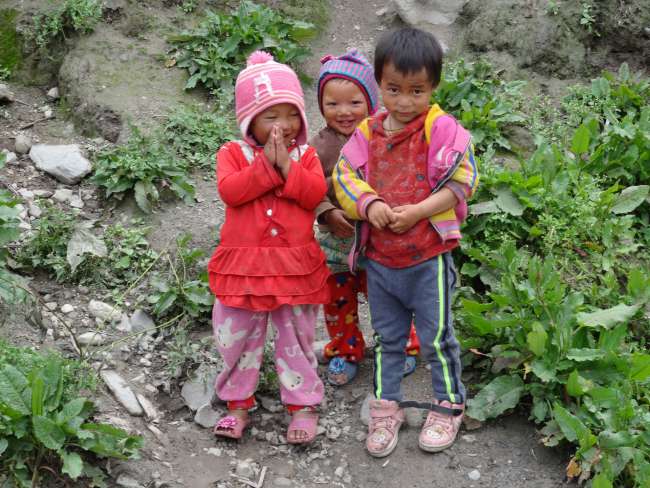
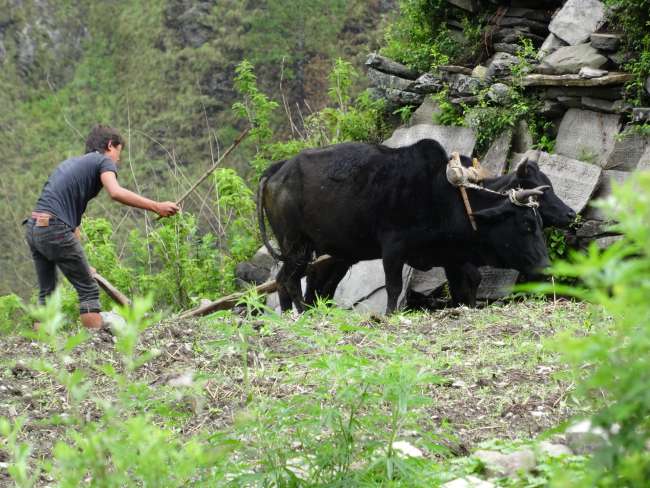
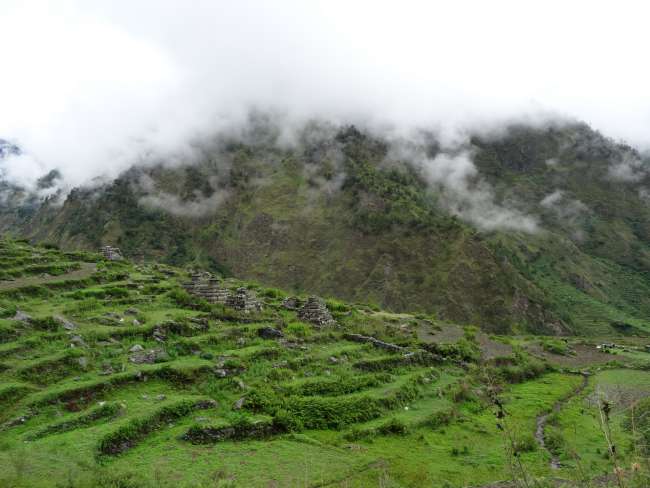
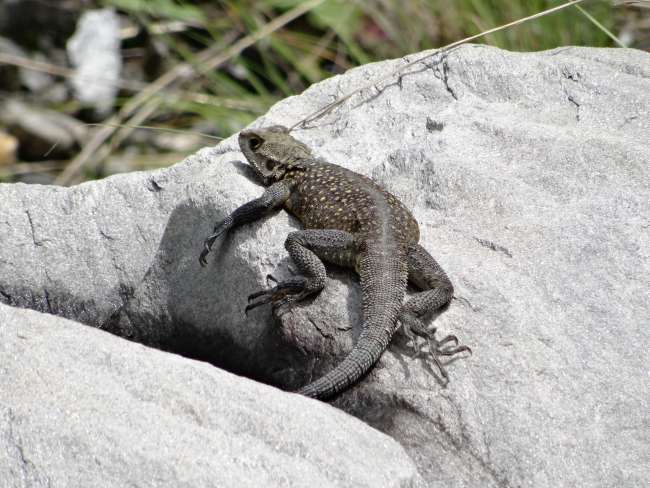
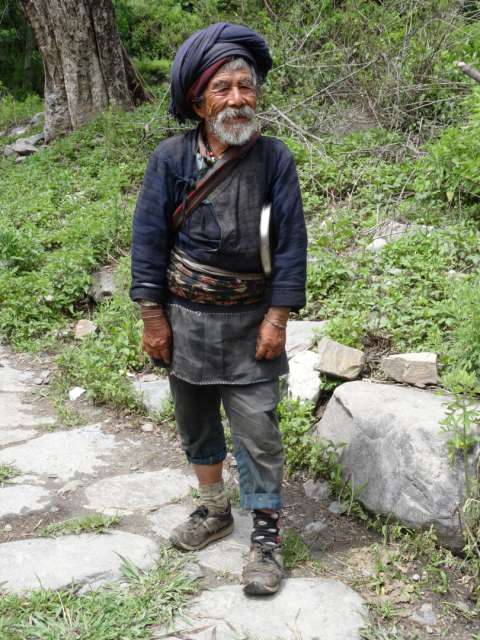
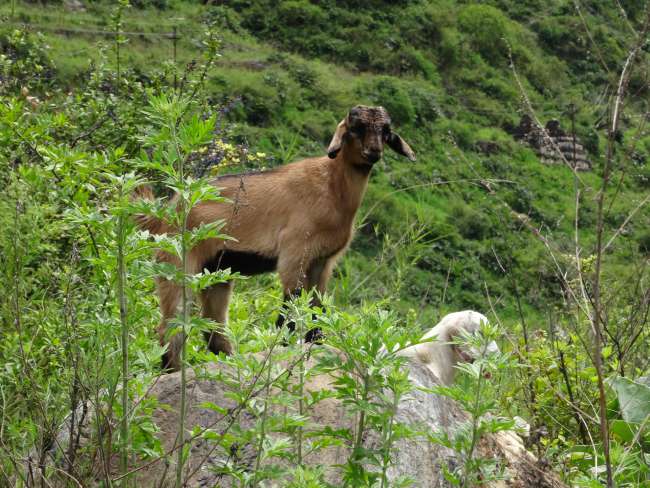
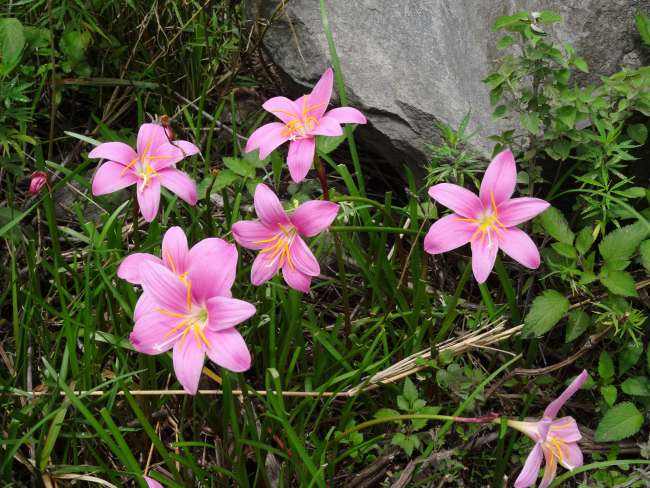
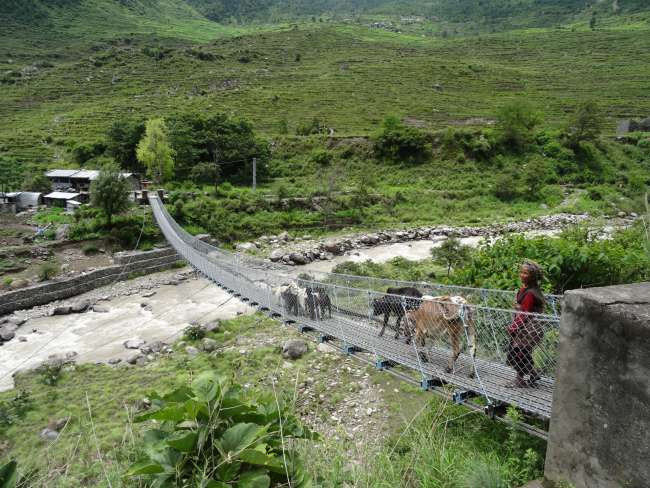
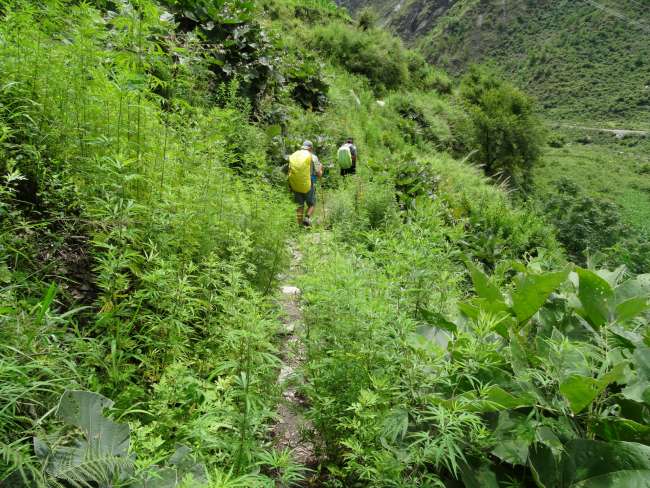
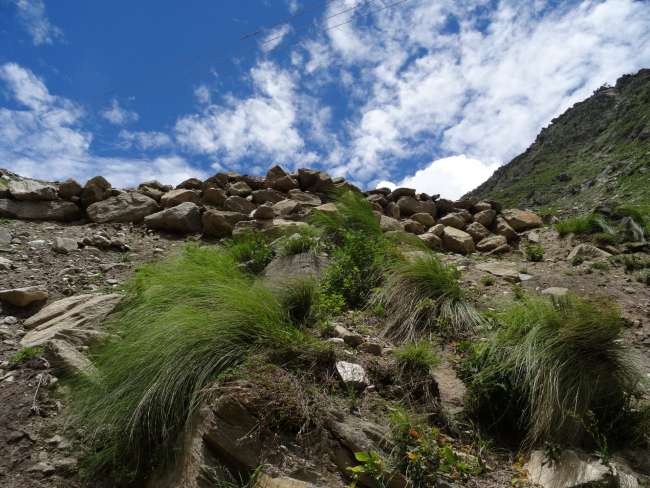
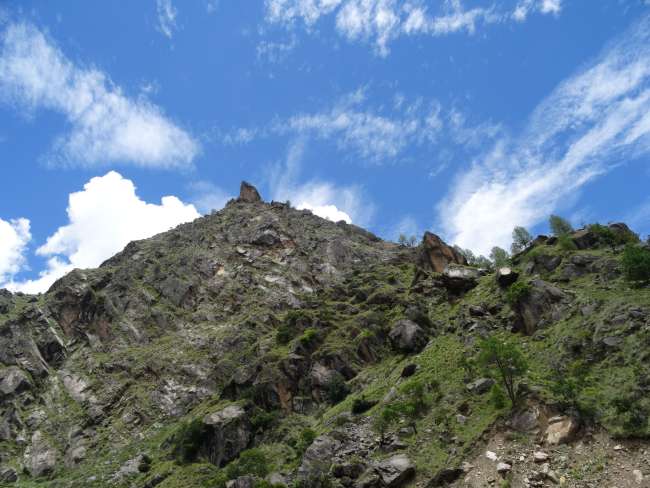
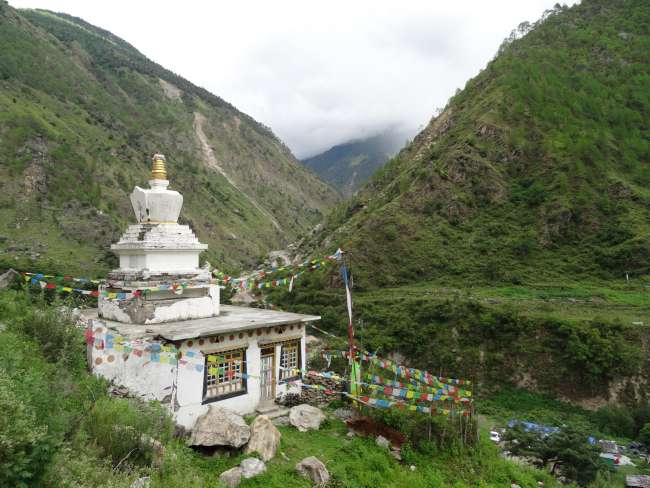
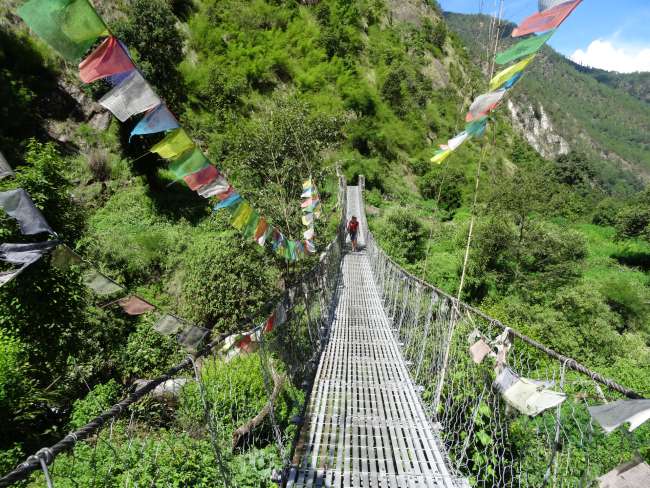
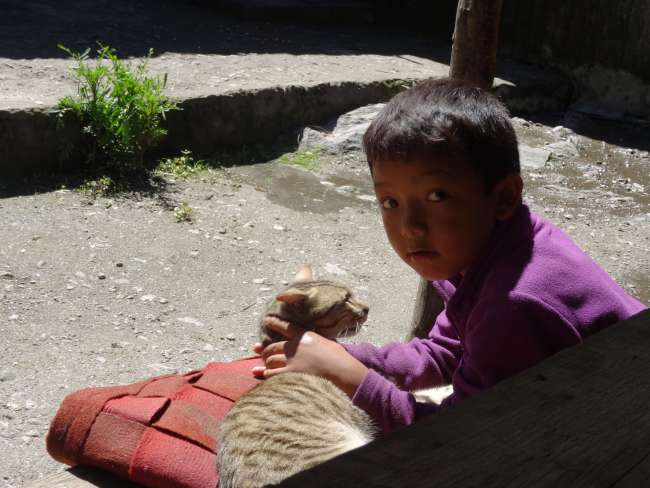
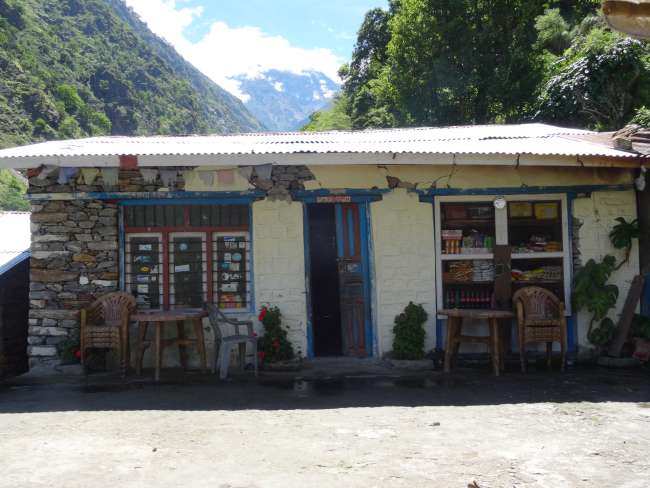
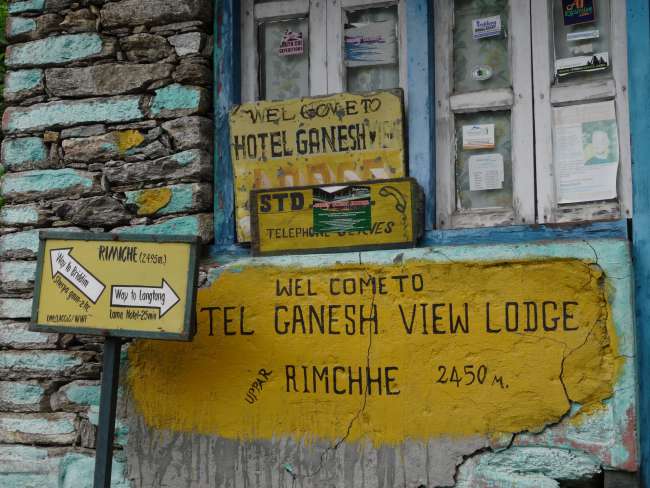
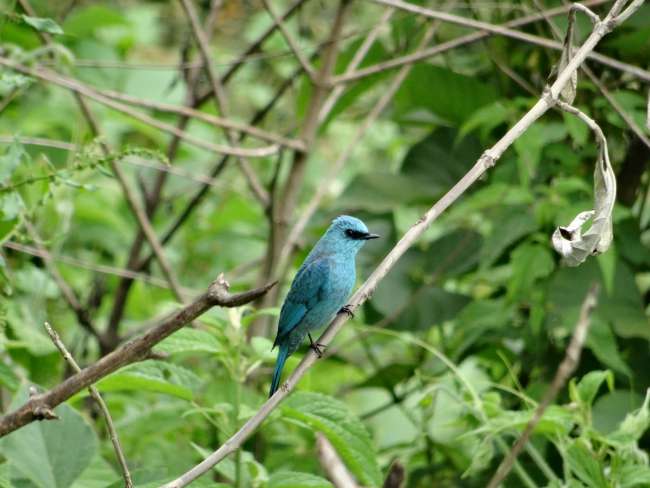
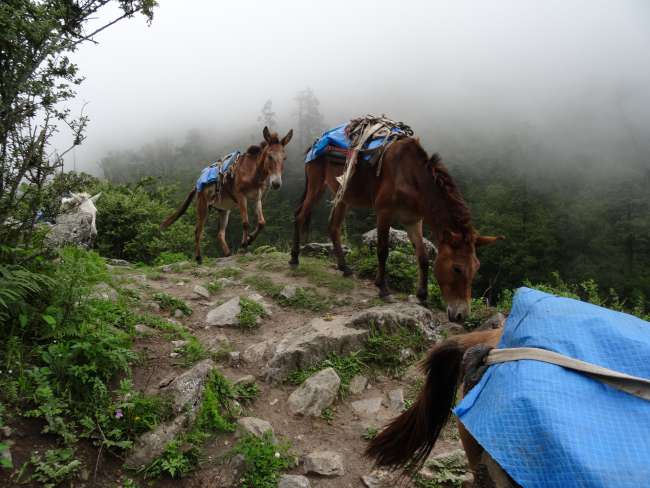
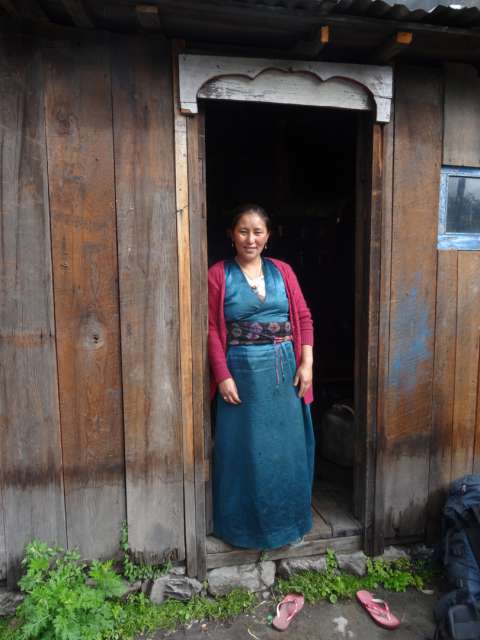
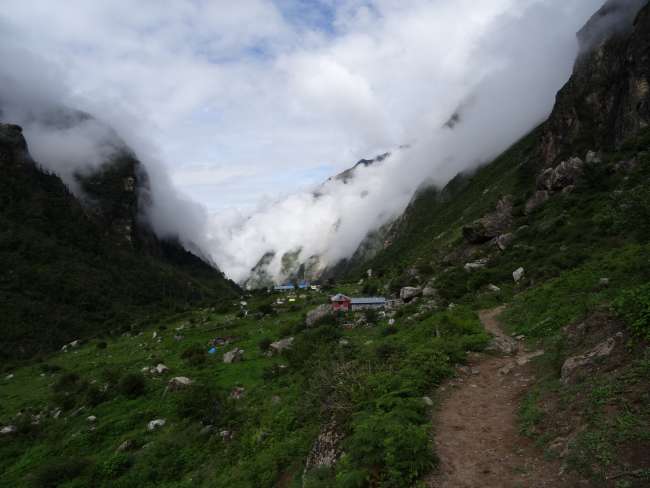
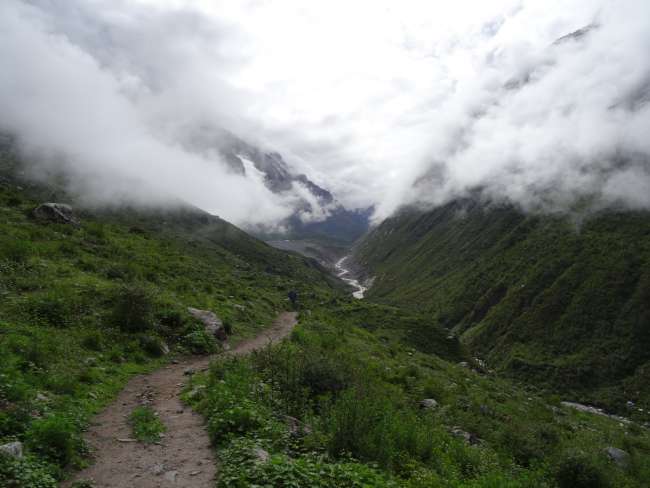
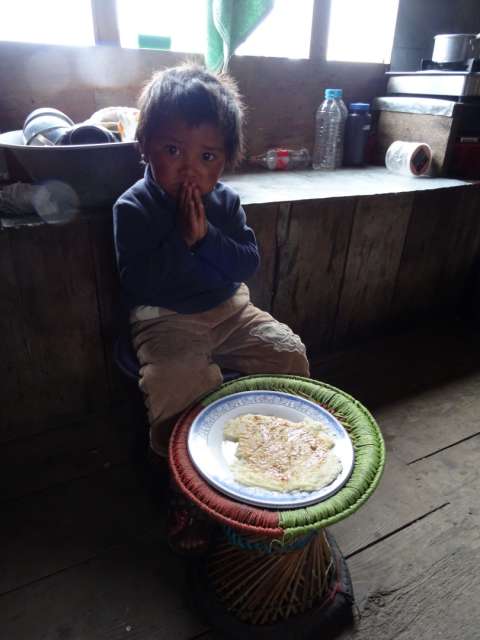
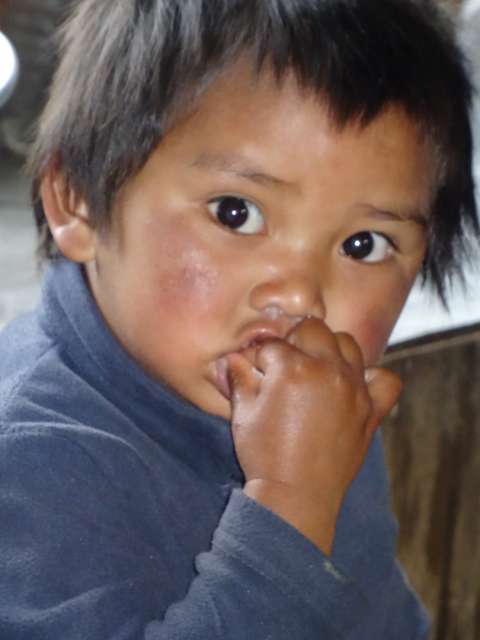
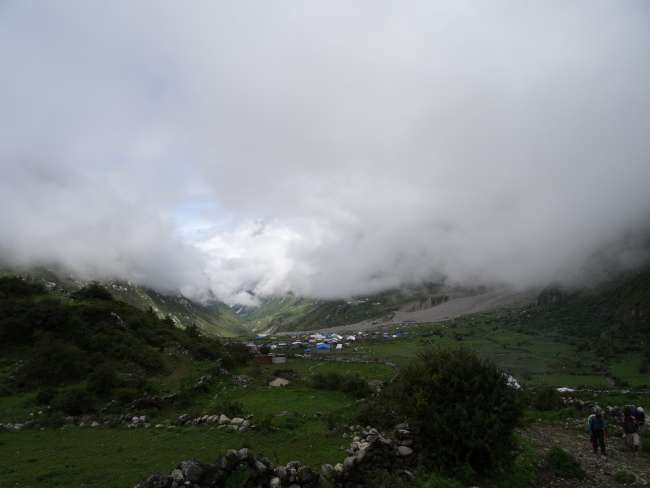
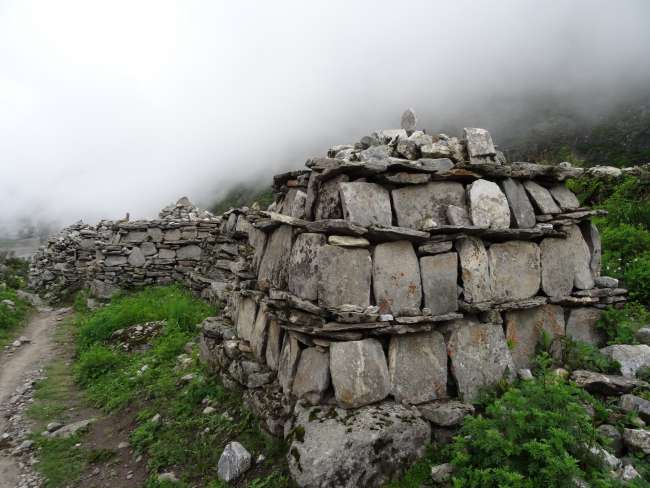
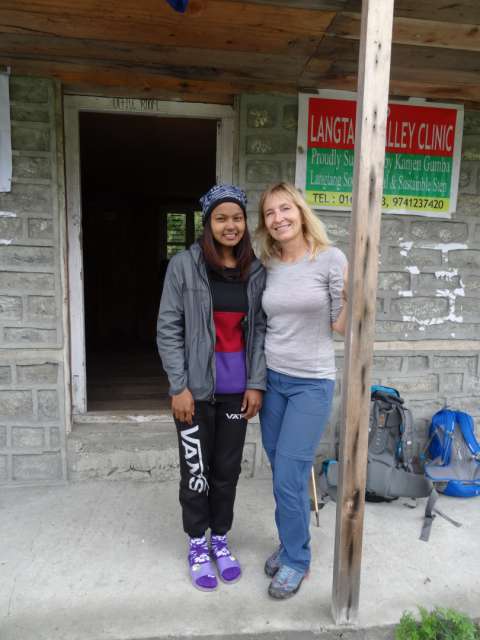
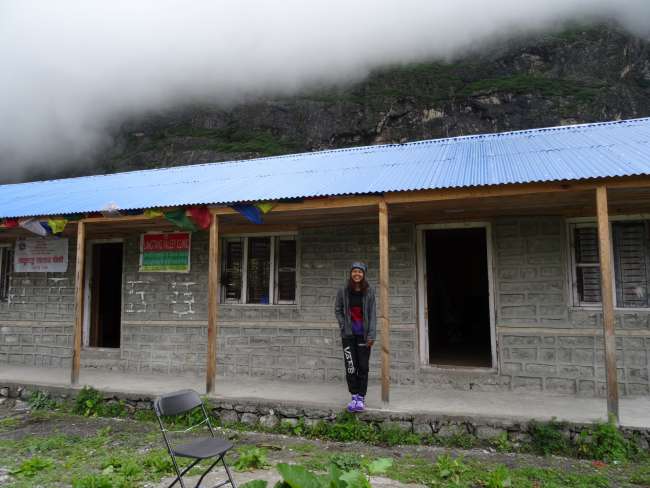
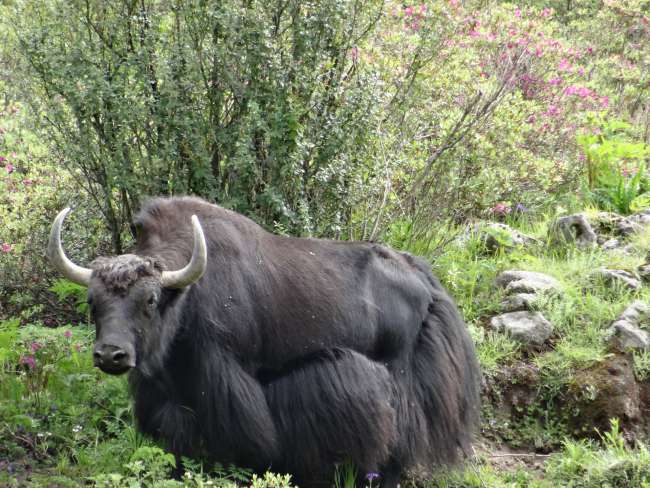
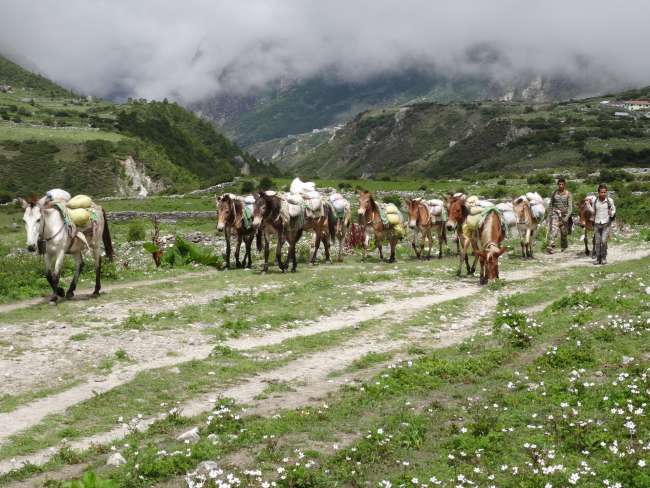
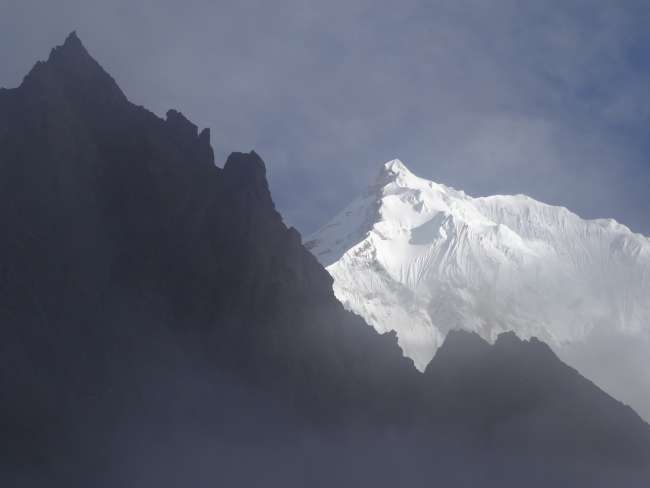
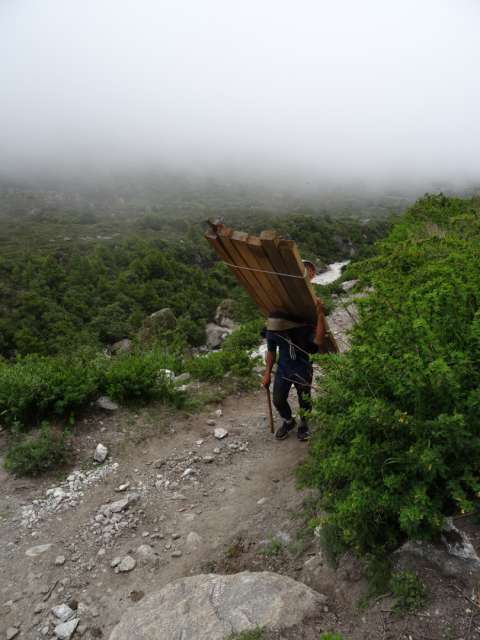
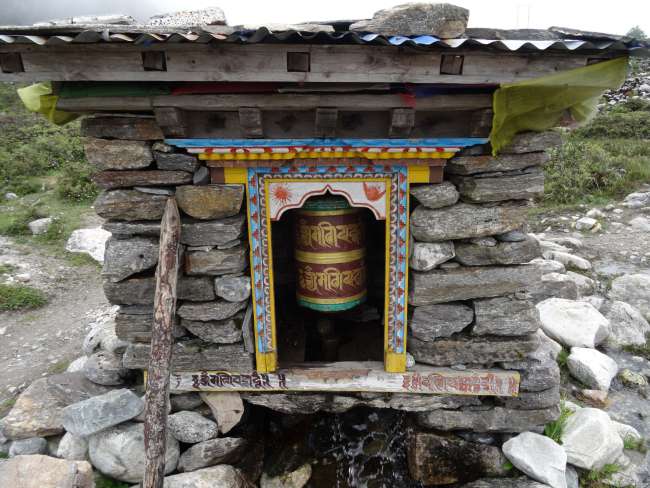
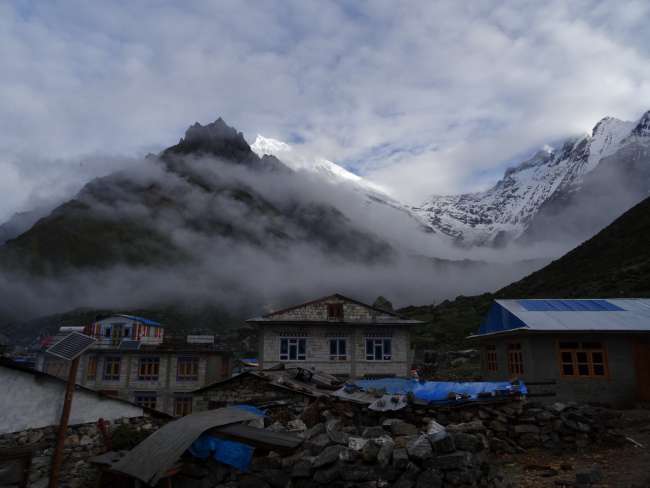
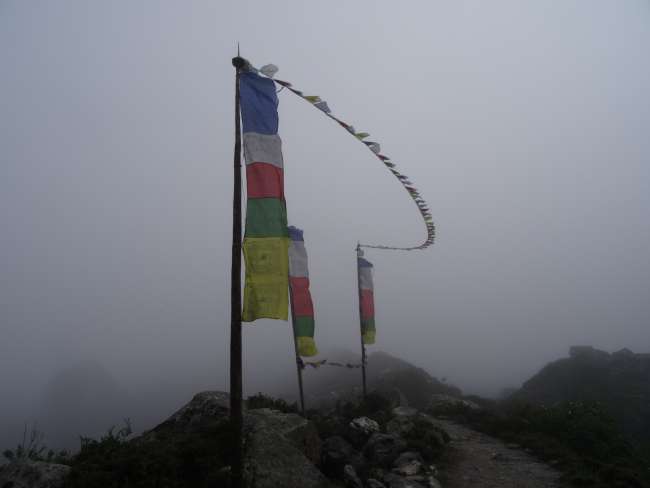
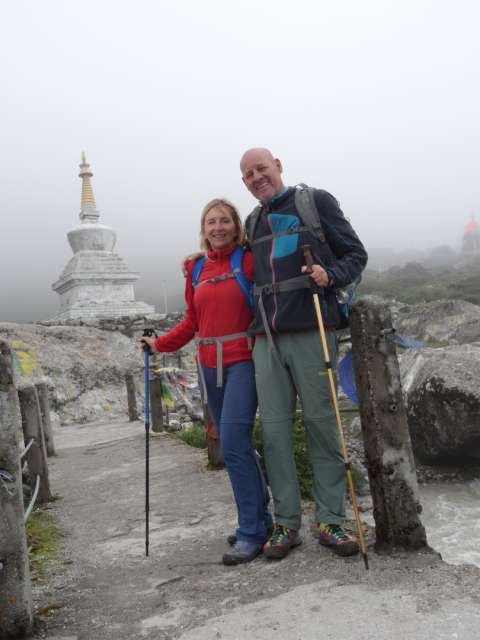
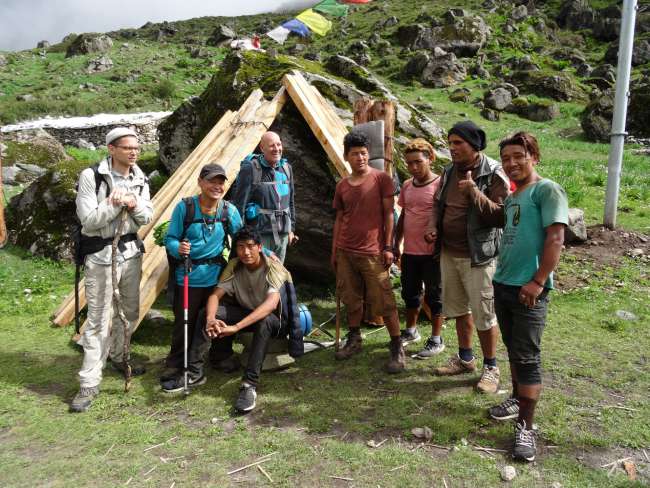

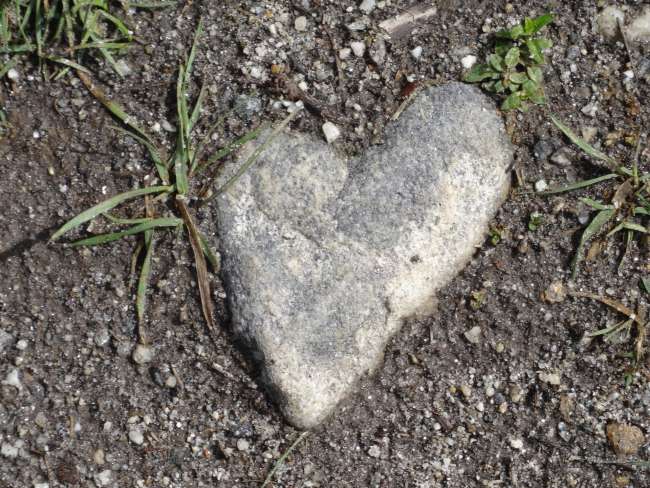
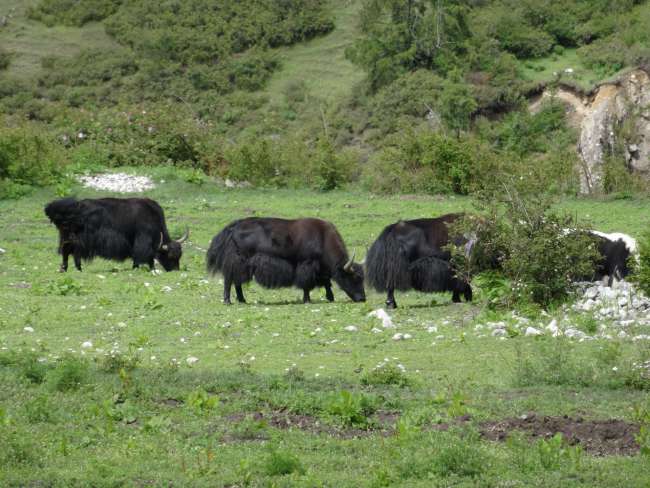
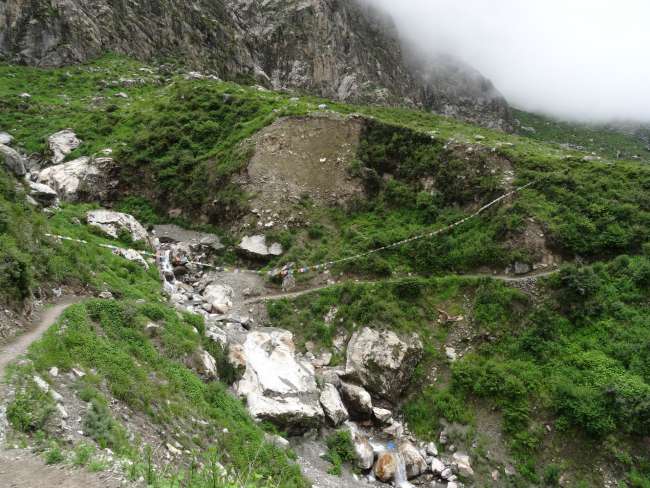
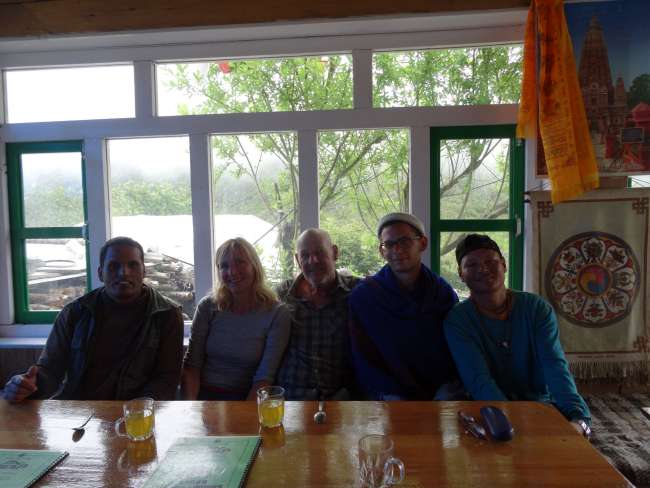
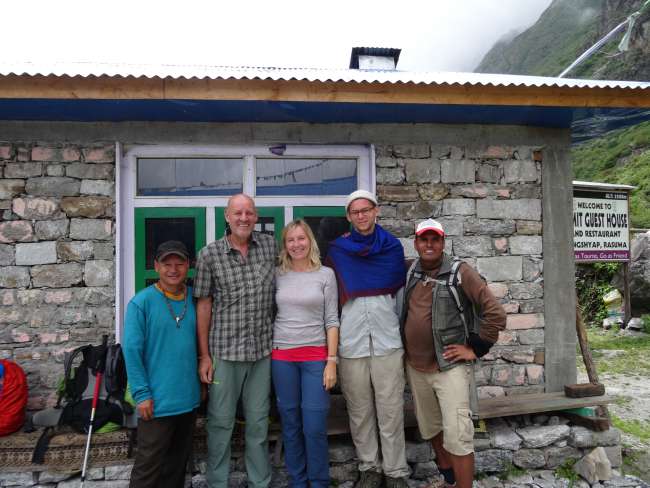
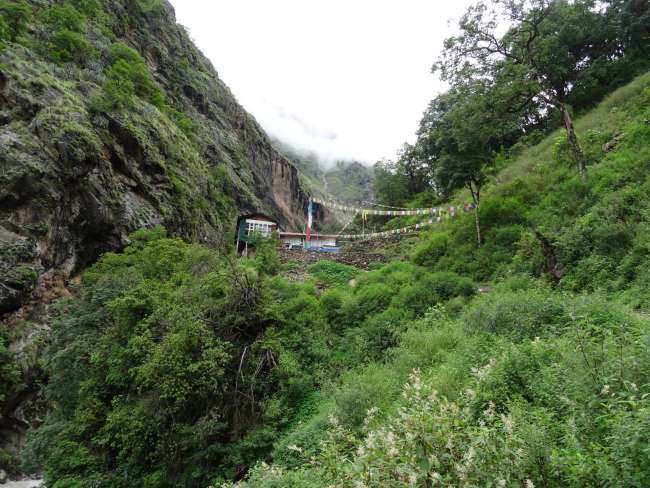
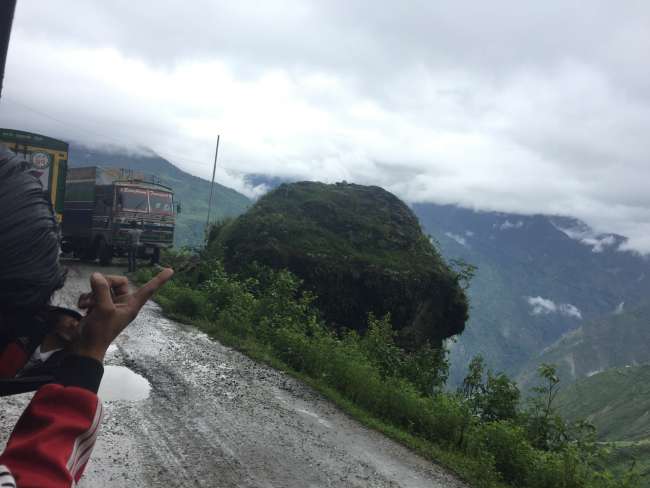
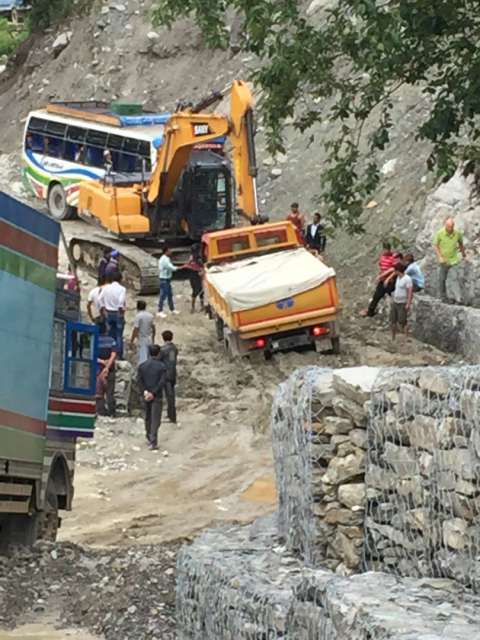
Подписаться на новостную рассылку
Langtang
Again by bus, we made our way to our starting point for our trek to Syahbru Besi with Ripa. After the previous transportation experiences in Nepal, I was prepared for the worst, but my expectations were far exceeded. The estimated travel time was about 7 hours, but it ended up being 10 hours. Due to heavy rain, the mostly unpaved, winding mountain roads were difficult to pass due to rock slides, landslides, and thick layers of mud. From my window seat, I watched as our bus maneuvered through the mud (wobbling like on the back of an elephant) near the steep cliff edge. Honestly, while feeling quite queasy, I thought to myself, that's it.... Trucks got stuck repeatedly and had to be helped by placing stones or using a bulldozer to overcome various obstacles.

Peter surprisingly remained calm, saying how well the driver controlled the vehicle. But I believe that alone, without a good amount of luck, is not enough in such road conditions....
Anyway, after 10 incredibly long and painful hours, we finally arrived safely in Syahbru Besi in the Langtang National Park.
The next day, we started our trek, which began with a very steep section lasting about 2.5 hours and demanded a lot from both of us.

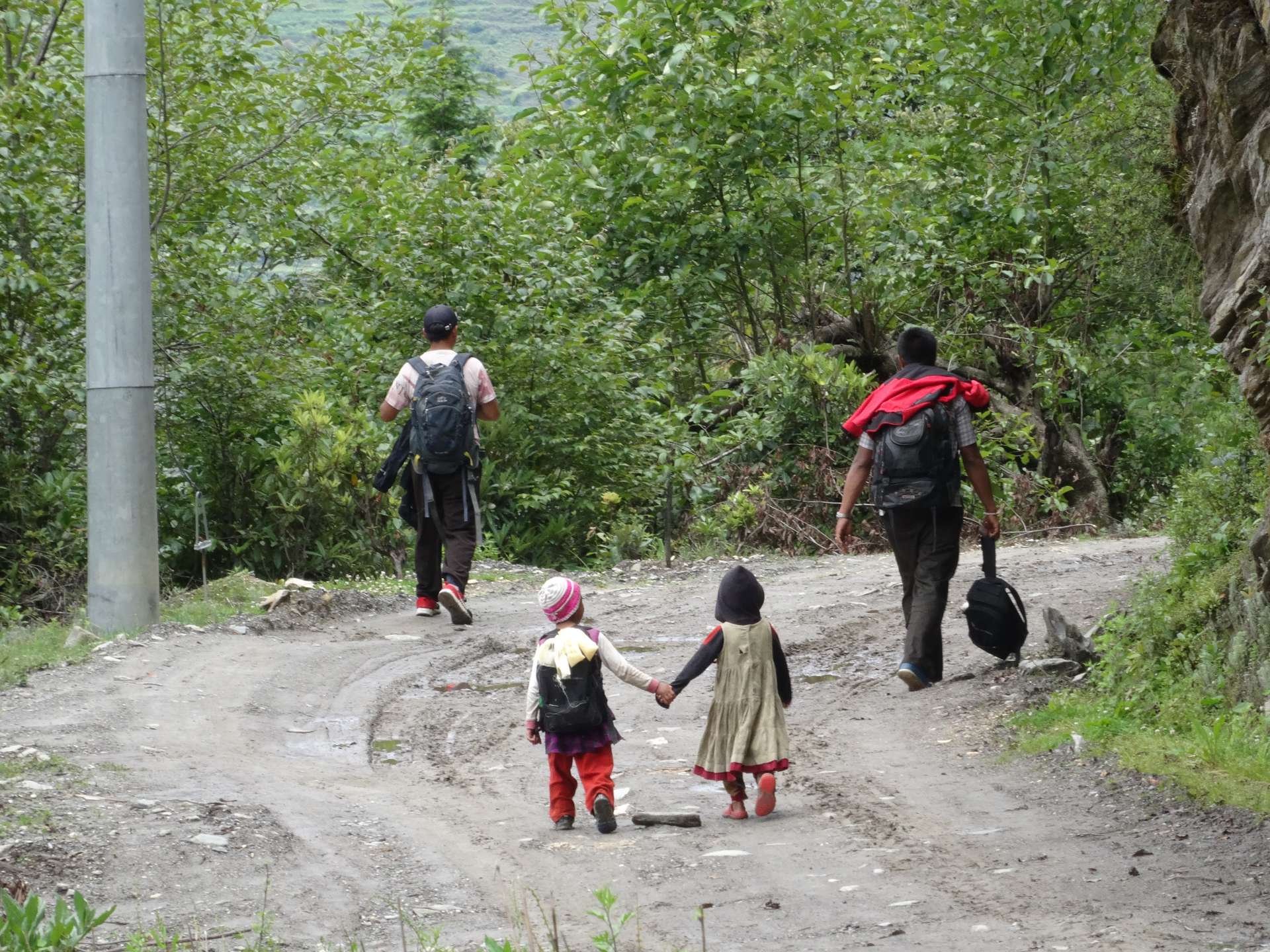
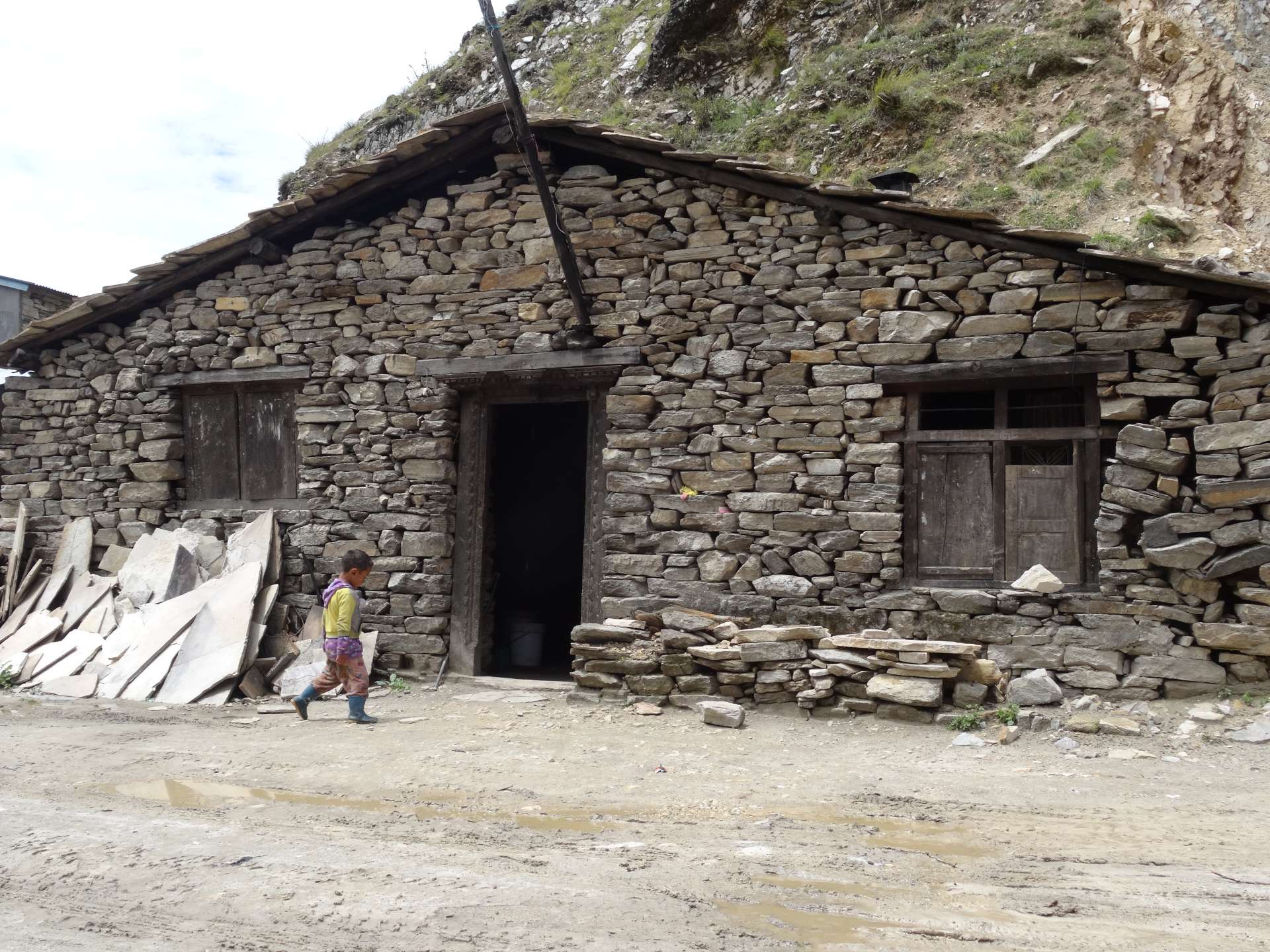
Our first destination, after about 6 hours, was the mountain village of Gatlang, where the Tibetan people of the Tamang have been living in extremely simple conditions according to the tradition of Tibetan Buddhism.

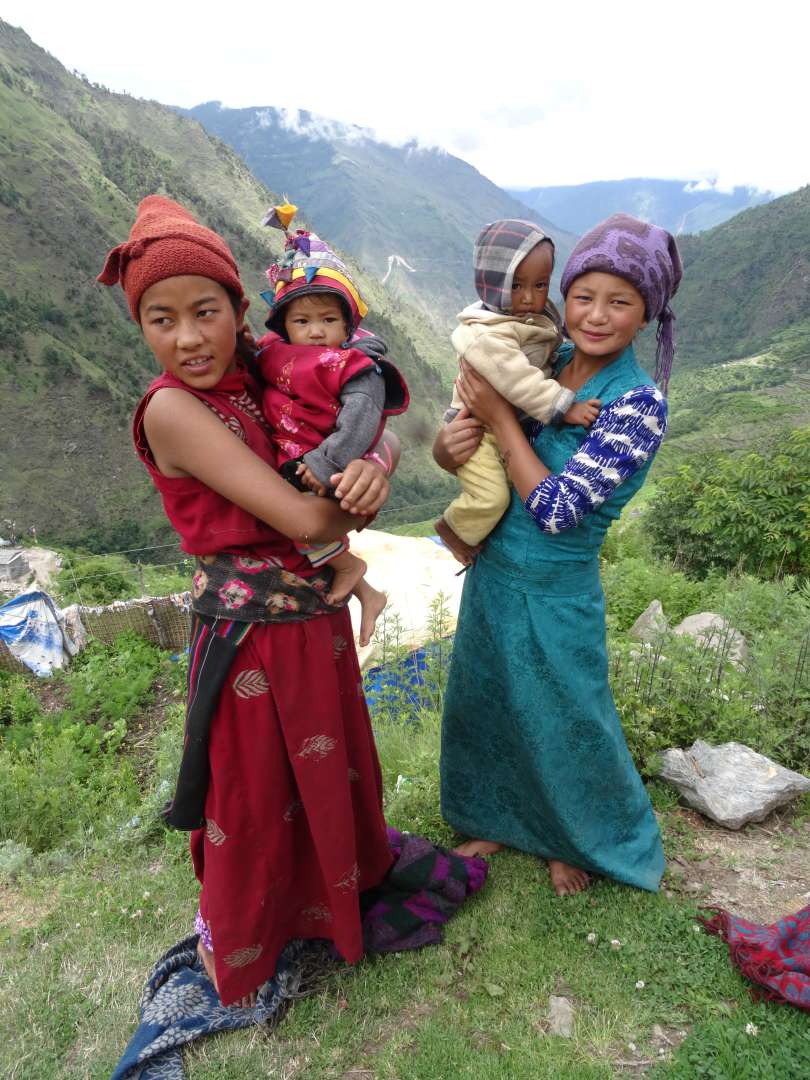
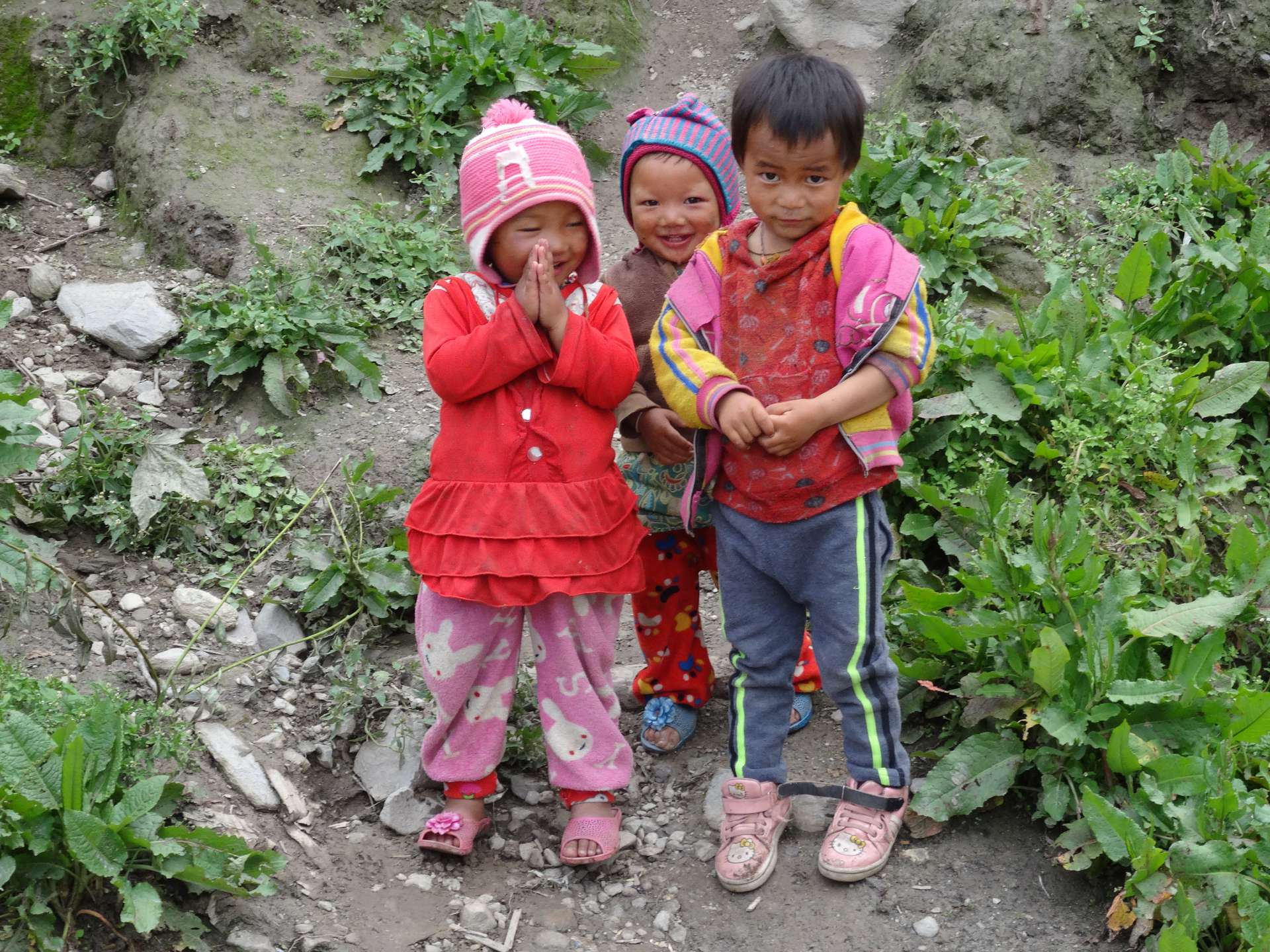
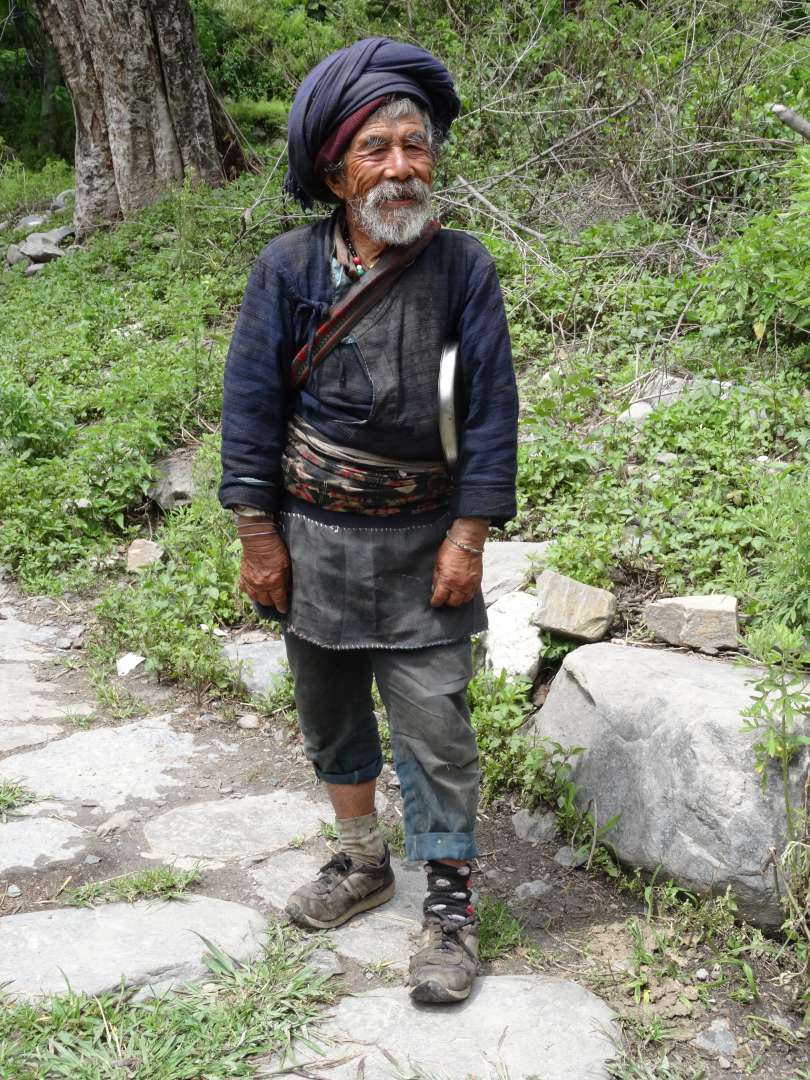
Regarding accommodation, I quickly realized that I had to drastically lower my expectations in terms of facilities, cleanliness, and comfort. The positive aspect of this experience is that it made me see our everyday and completely taken-for-granted luxuries at home from a different perspective. Looking back, I am glad that as a trekking novice, I didn't have such expectations beforehand. Because I would have definitely decided against it, but that would have deprived me of many new fascinating experiences.
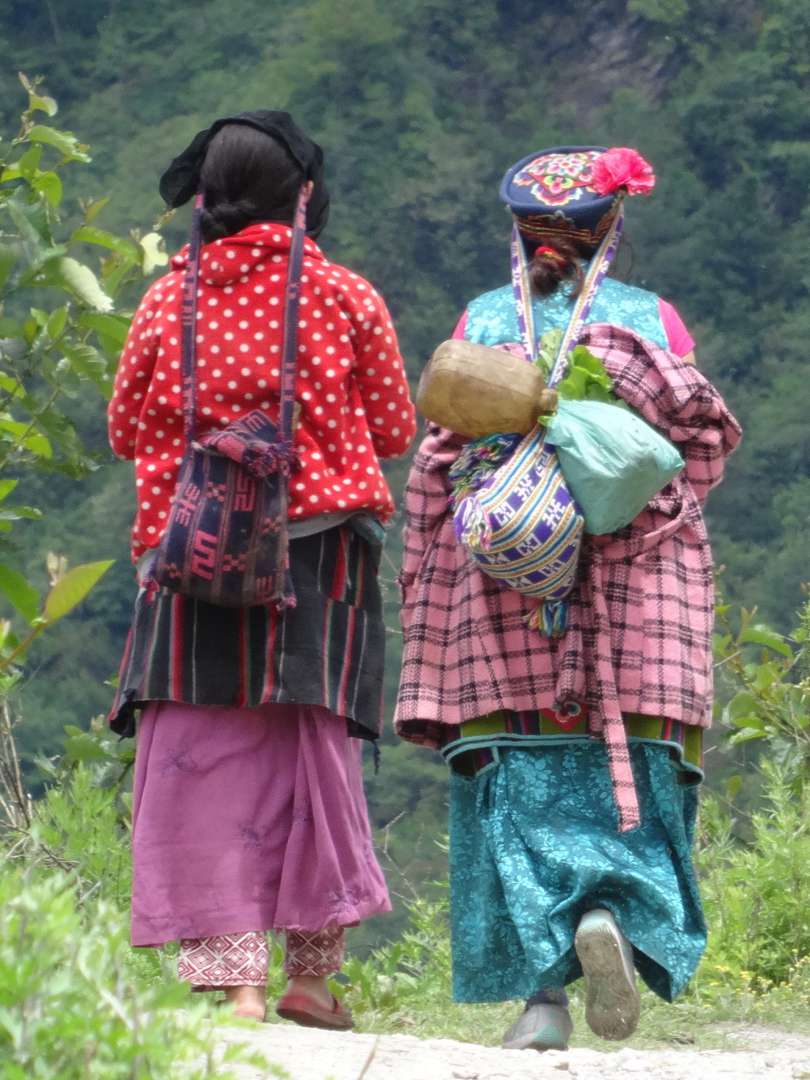
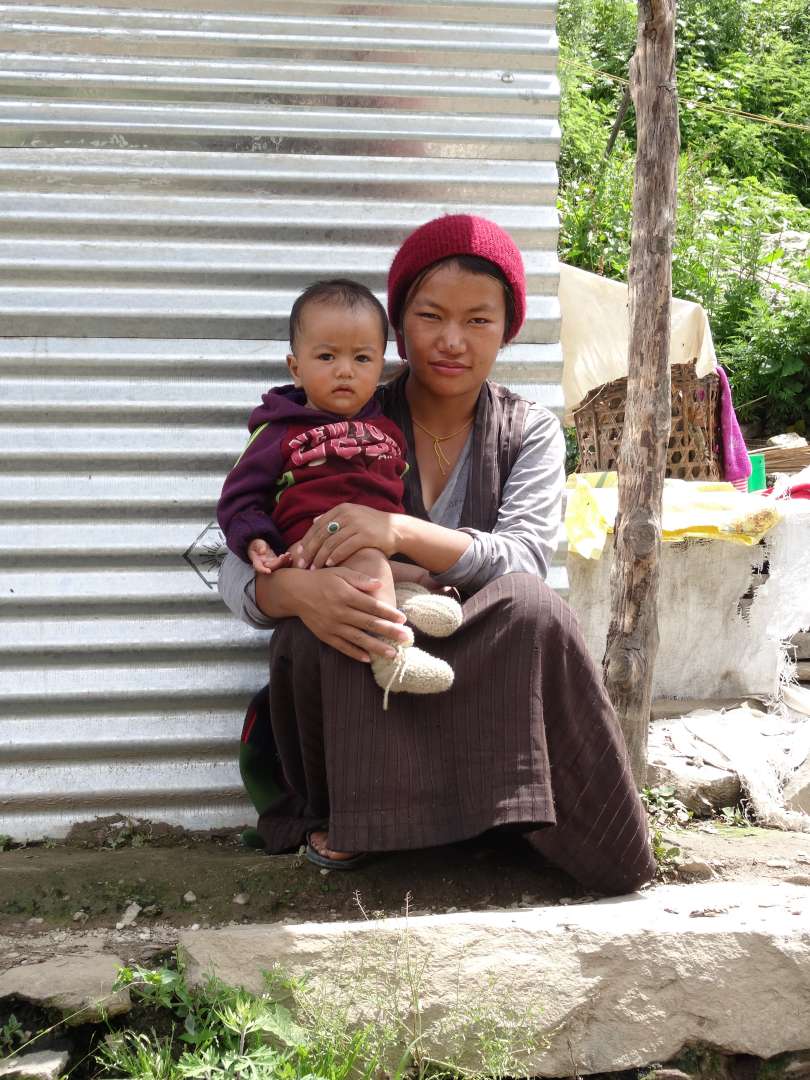
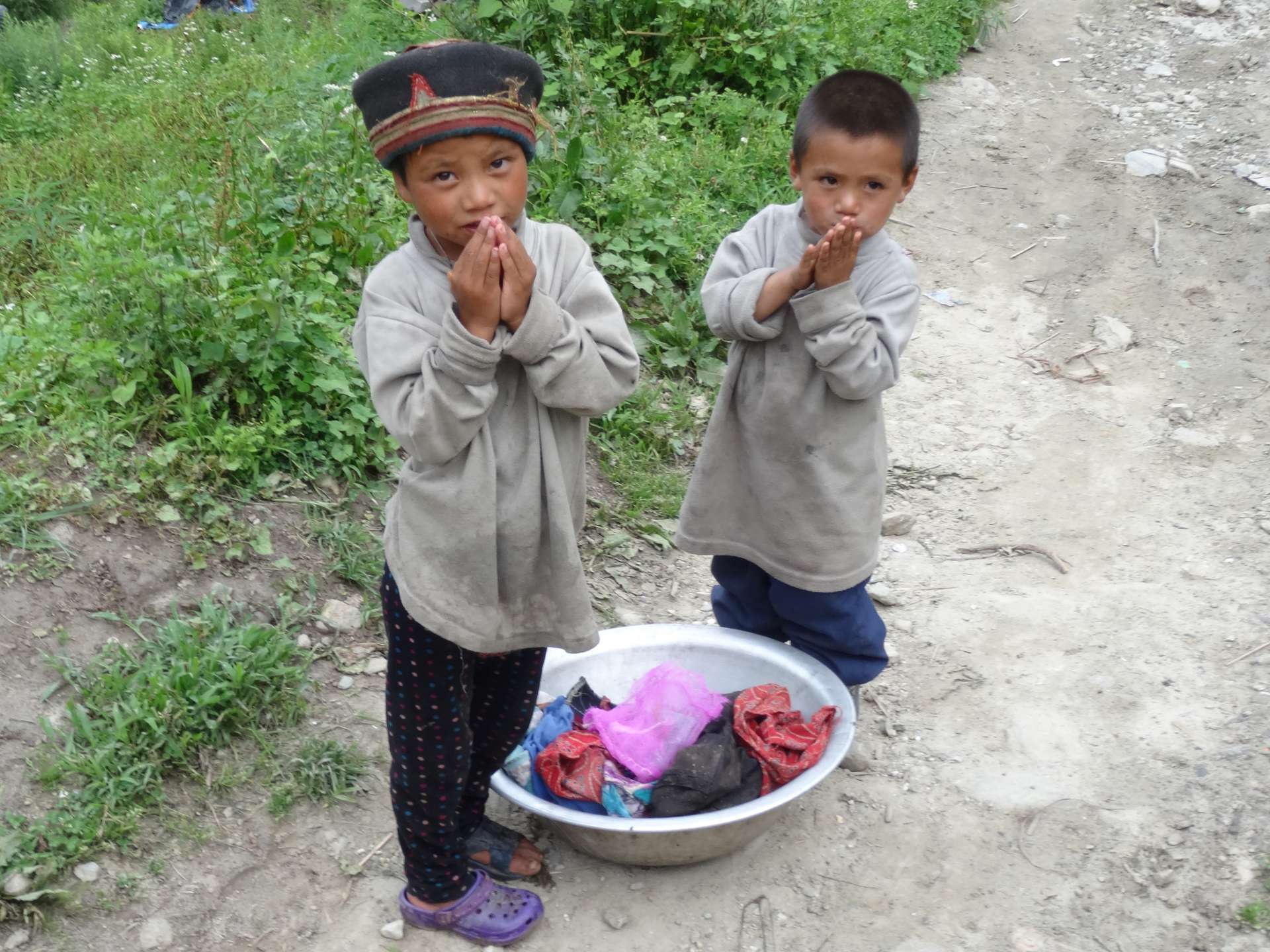
After talking to a young Nepalese trekker, we learned that the route recommended by Ripa is considered very difficult and challenging. So we re-evaluated our trekking plans and adapted them to our abilities and preferences with Ripa's help.
We were exhausted and fell into bed early at 8:00 pm after the first very strenuous day. We woke up well-rested in the morning, but both covered in itchy traces left by nocturnal bedmates...
After a very early breakfast, we hiked back on a different route. Along the way, we encountered children who had to do field work early in the morning before school.
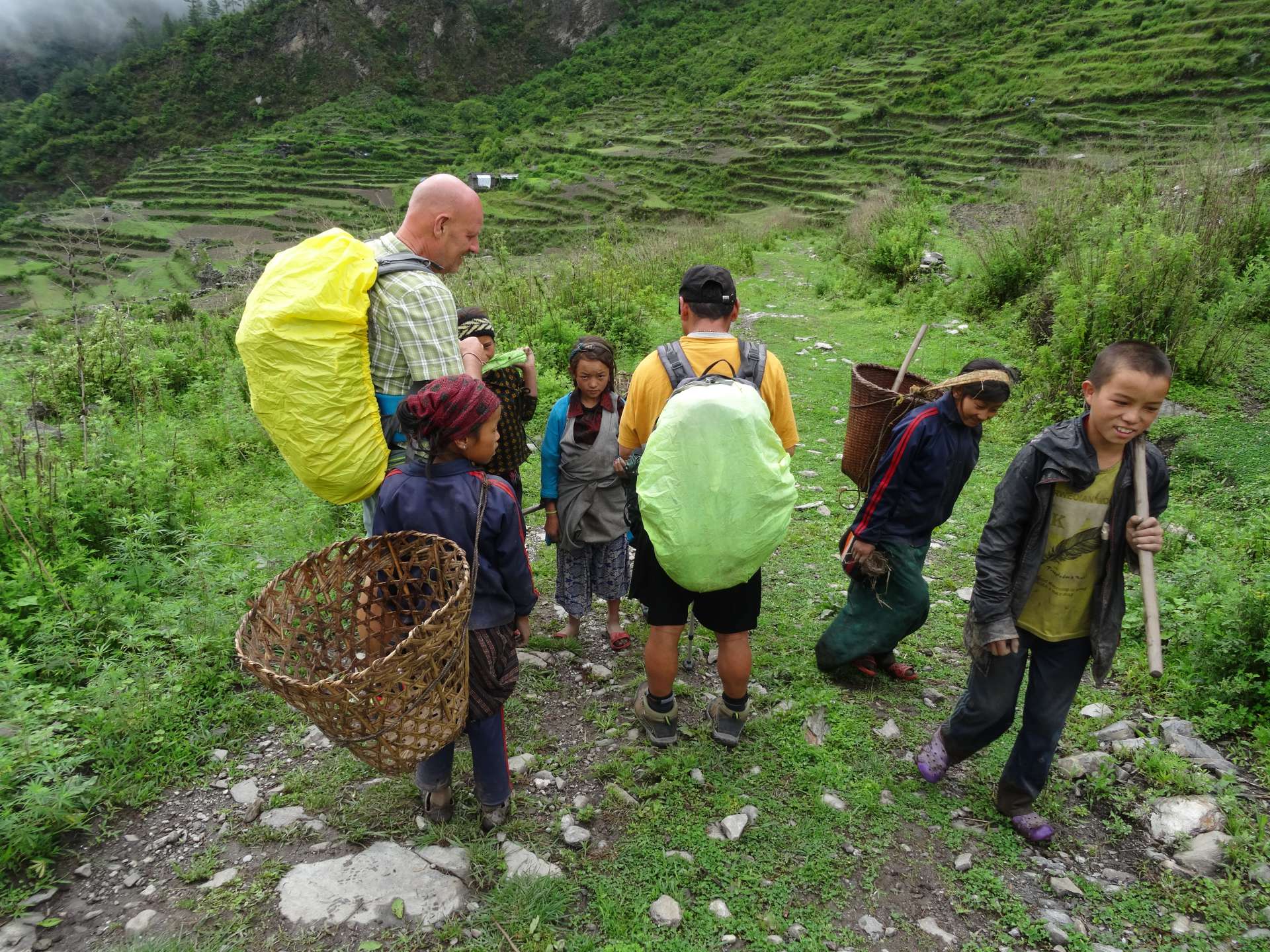

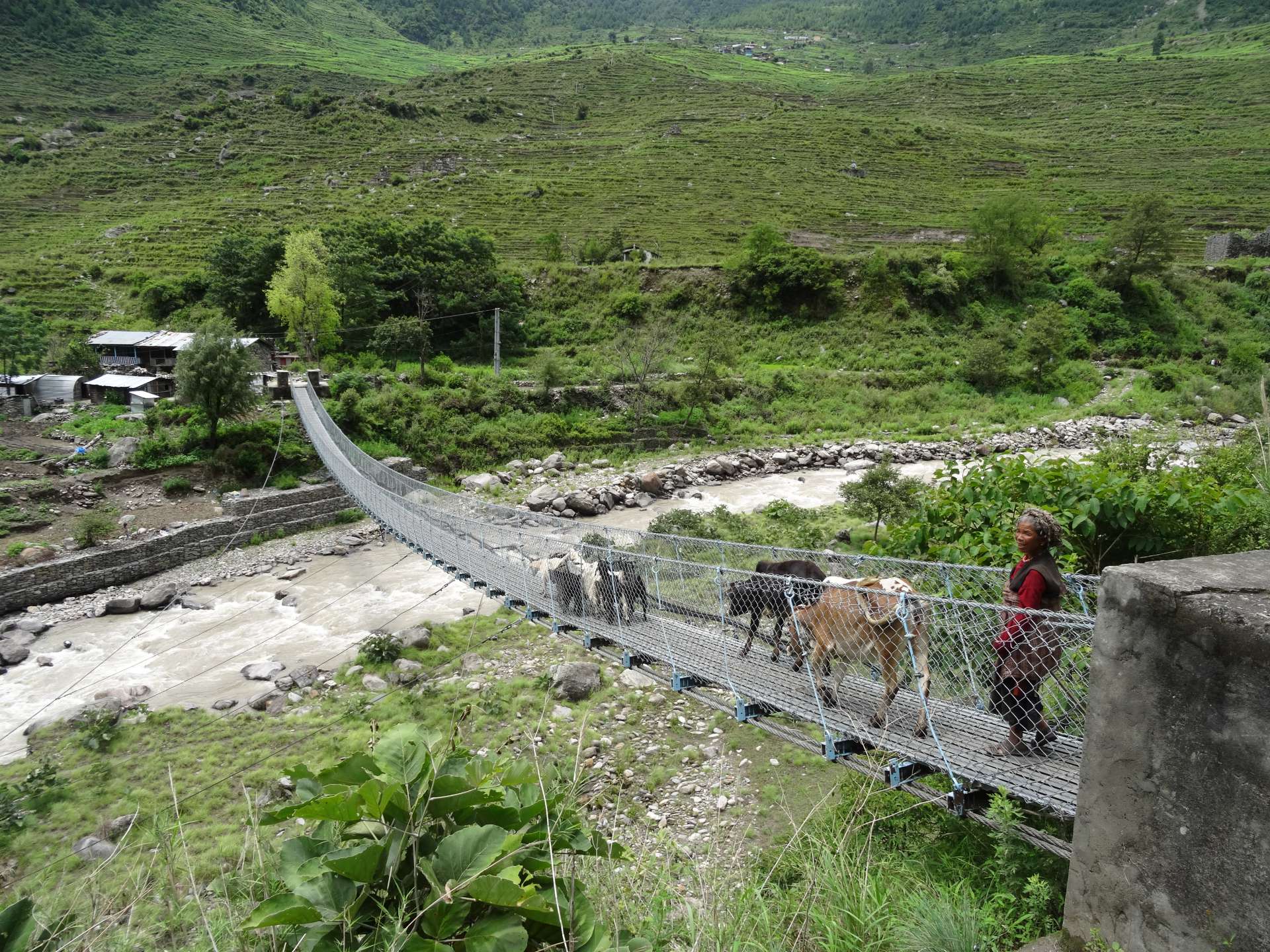


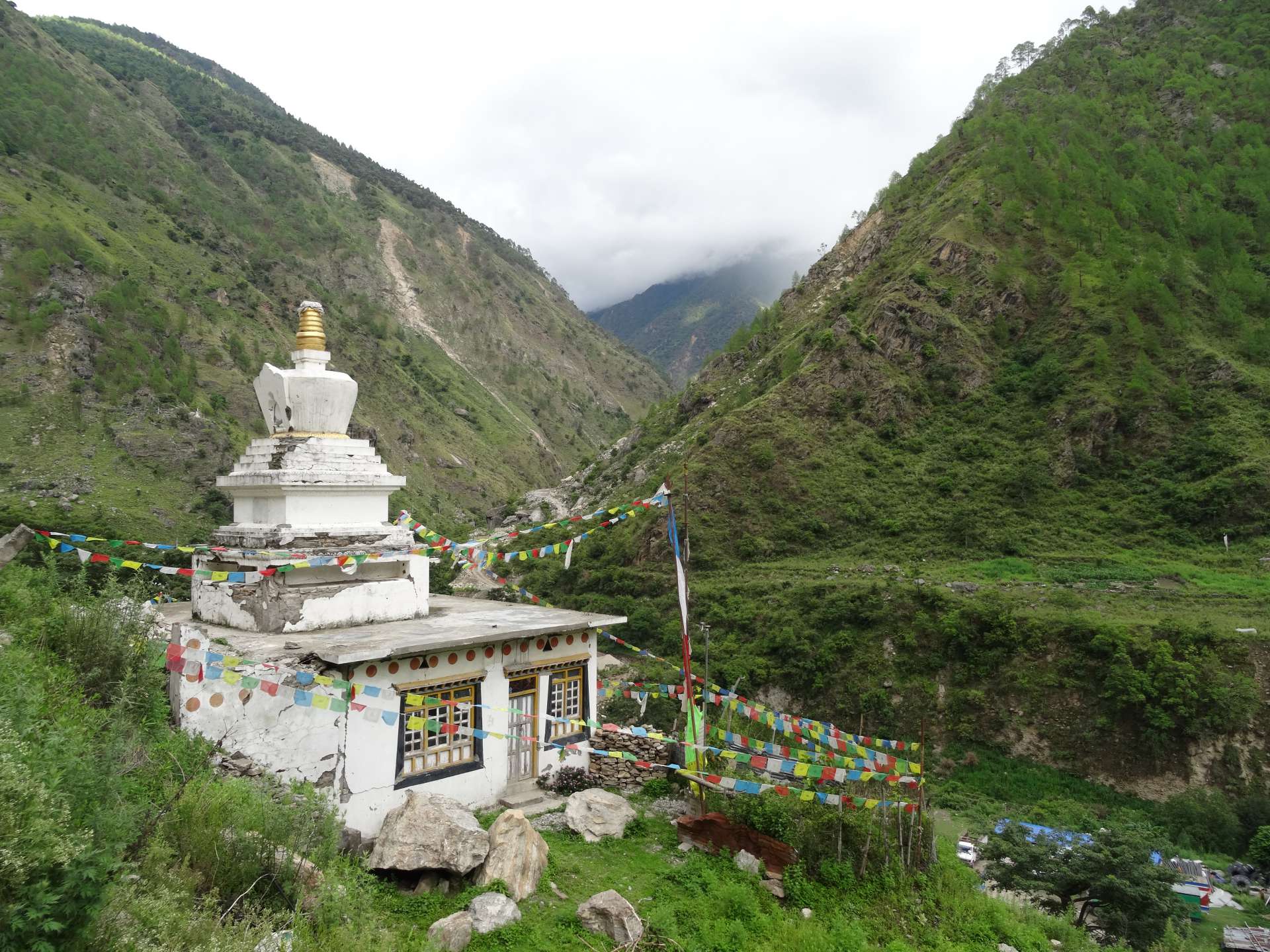
The next leg of our hike took us to Rimche, already at an altitude of 2450m.

Peter struggled with the altitude again and had to adjust his pace accordingly. It was noticeable that he could only eat half portions of the already small meals, while my appetite increased with the altitude😉. We were both surprised at how well I could adapt to the altitude in terms of fitness.
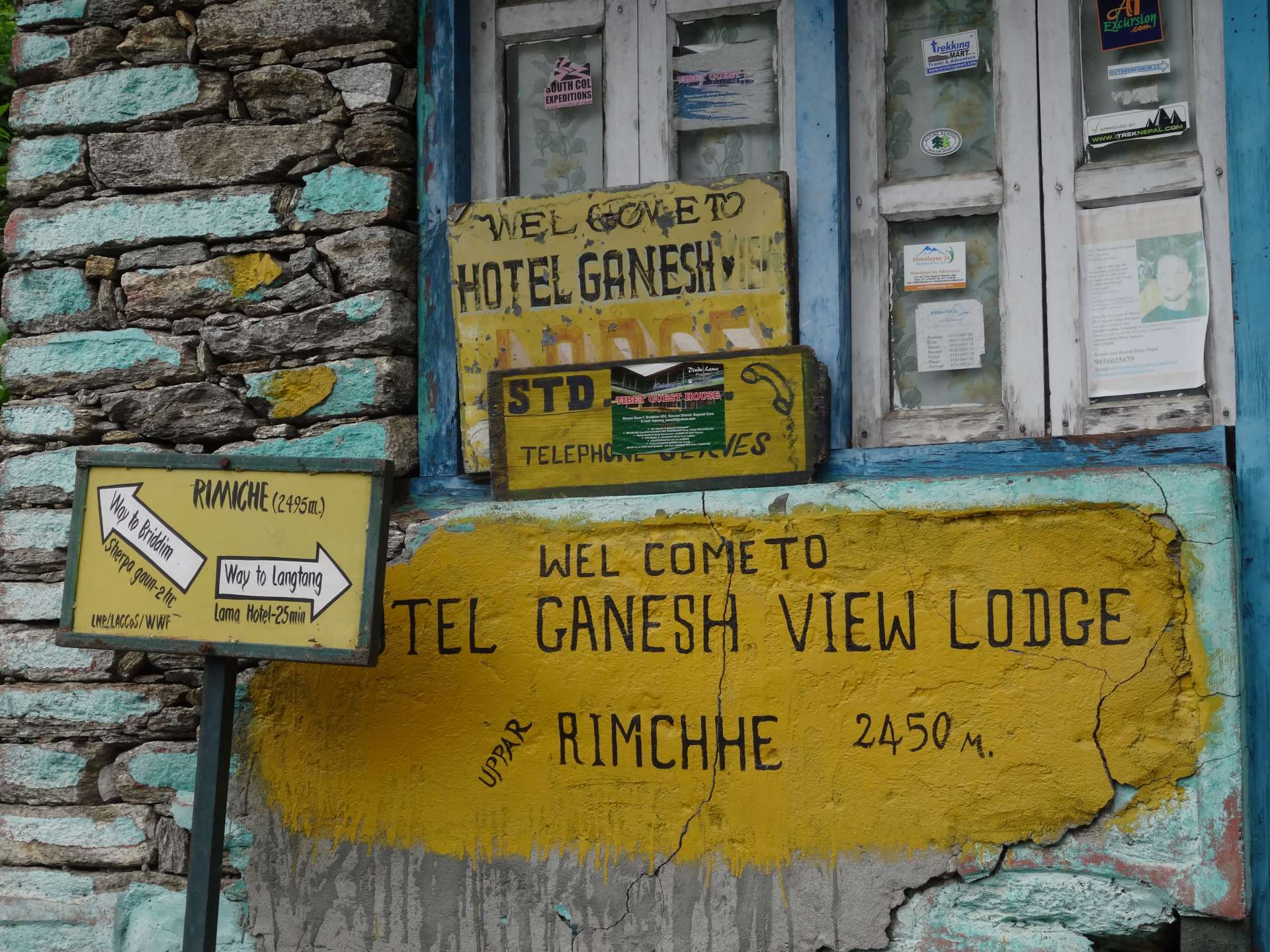
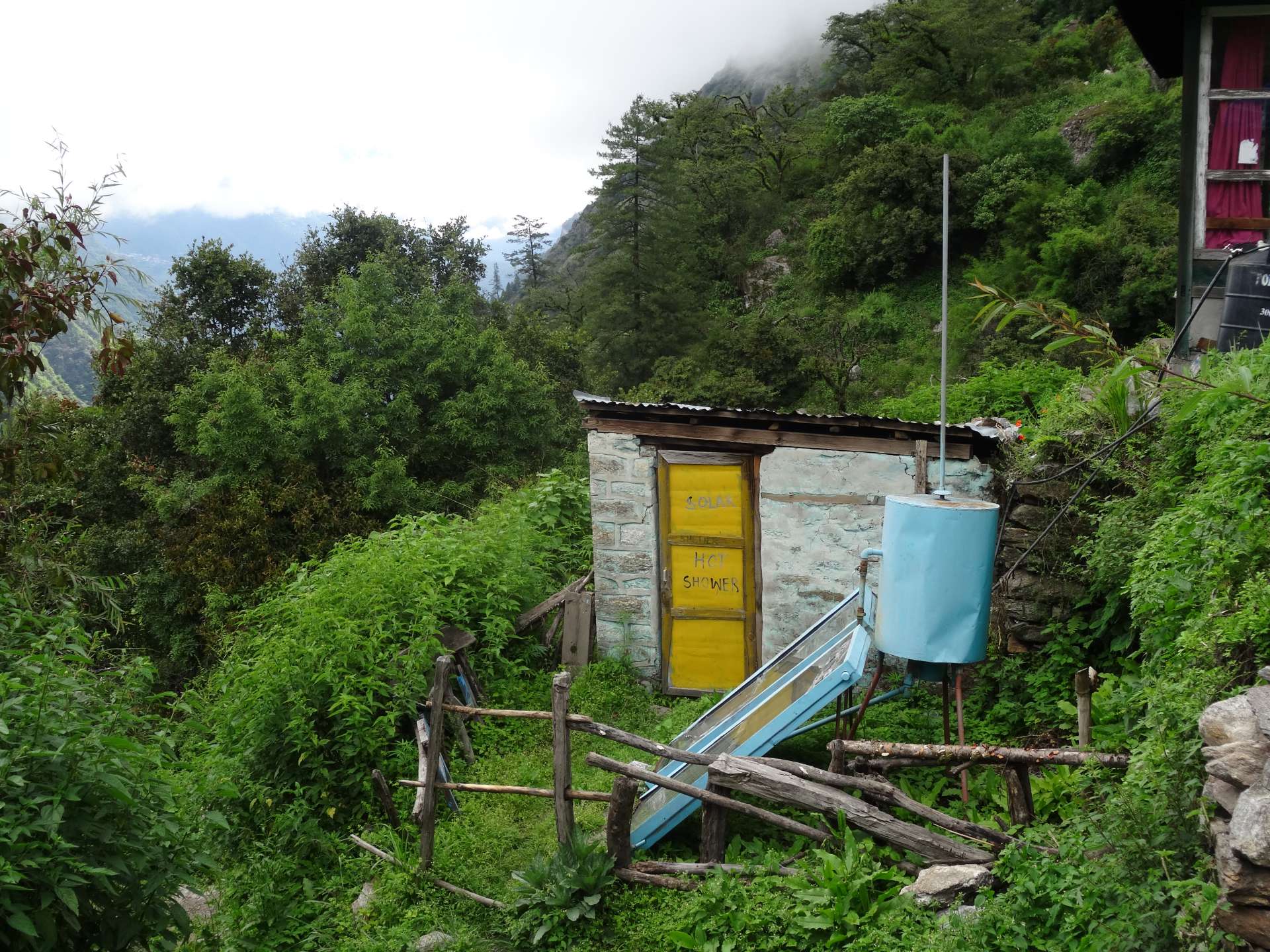

Before that, we encountered Lukas, a young Swiss trekker, and Tika, his Nepalese guide, who are longtime friends with Tika and Ripa. This turned out to be a great enrichment for all of us. We spent several days together, laughed a lot, and learned a lot from each other.


The 2015 earthquake caused a lot of suffering and destruction here. However, it is incredible how brave and optimistic the people here are as they look towards the future, like this young mother of three who lost her husband. She has begun to rebuild makeshift accommodations, which are currently very basic and without electricity, but she compensates for the shortcomings with her warm and sunny personality. Now there are hardly any tourists up here, as the rainy season usually brings poor visibility and more frequent landslides and rock falls. But without tourism, she can hardly afford the necessary investments on her own.
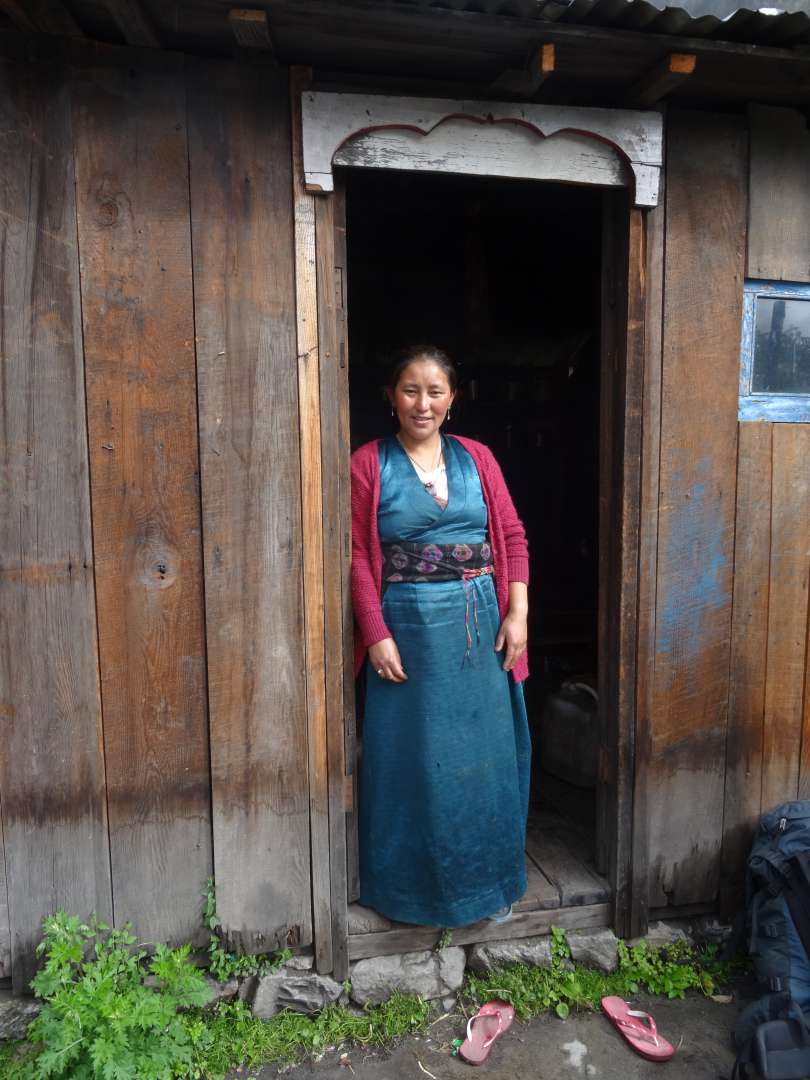
There is no road to get here, only steep, narrow, steep, and rocky paths. All goods are laboriously and skillfully carried up here by mules and so-called porters. It is unbelievable that people can carry more than their own body weight uphill. Even on slippery, wet ground, this balancing act of strength is carried out naturally, often wearing flip-flops.
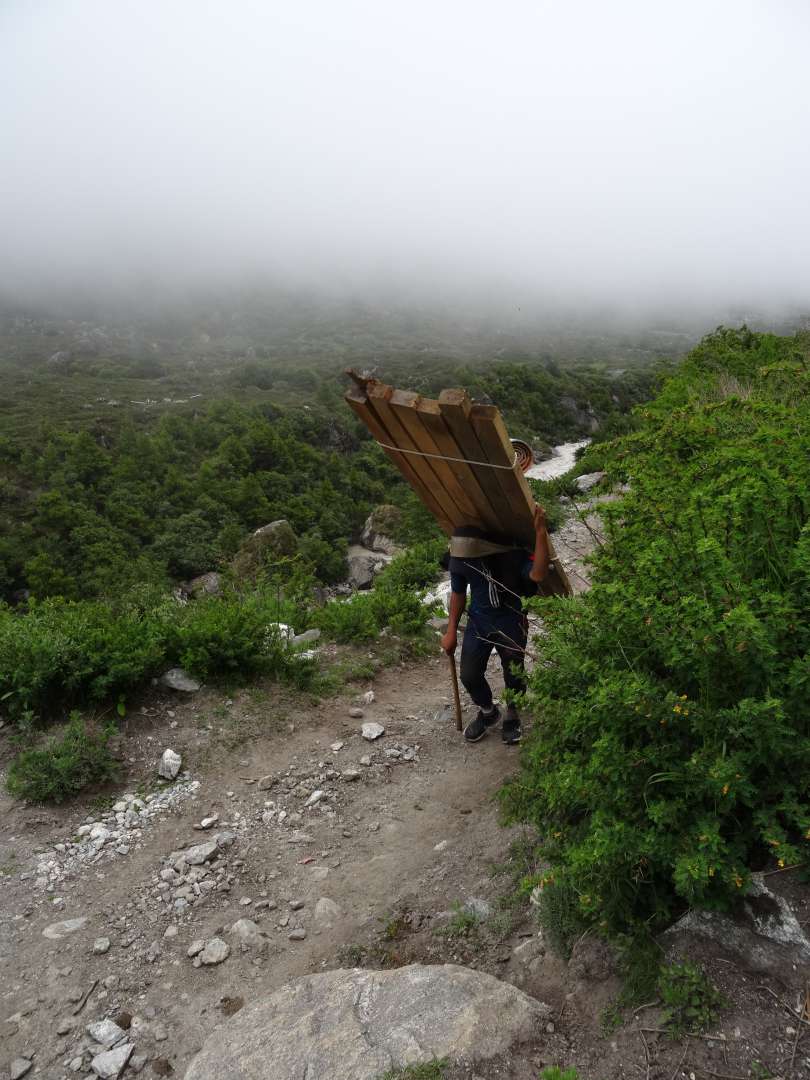
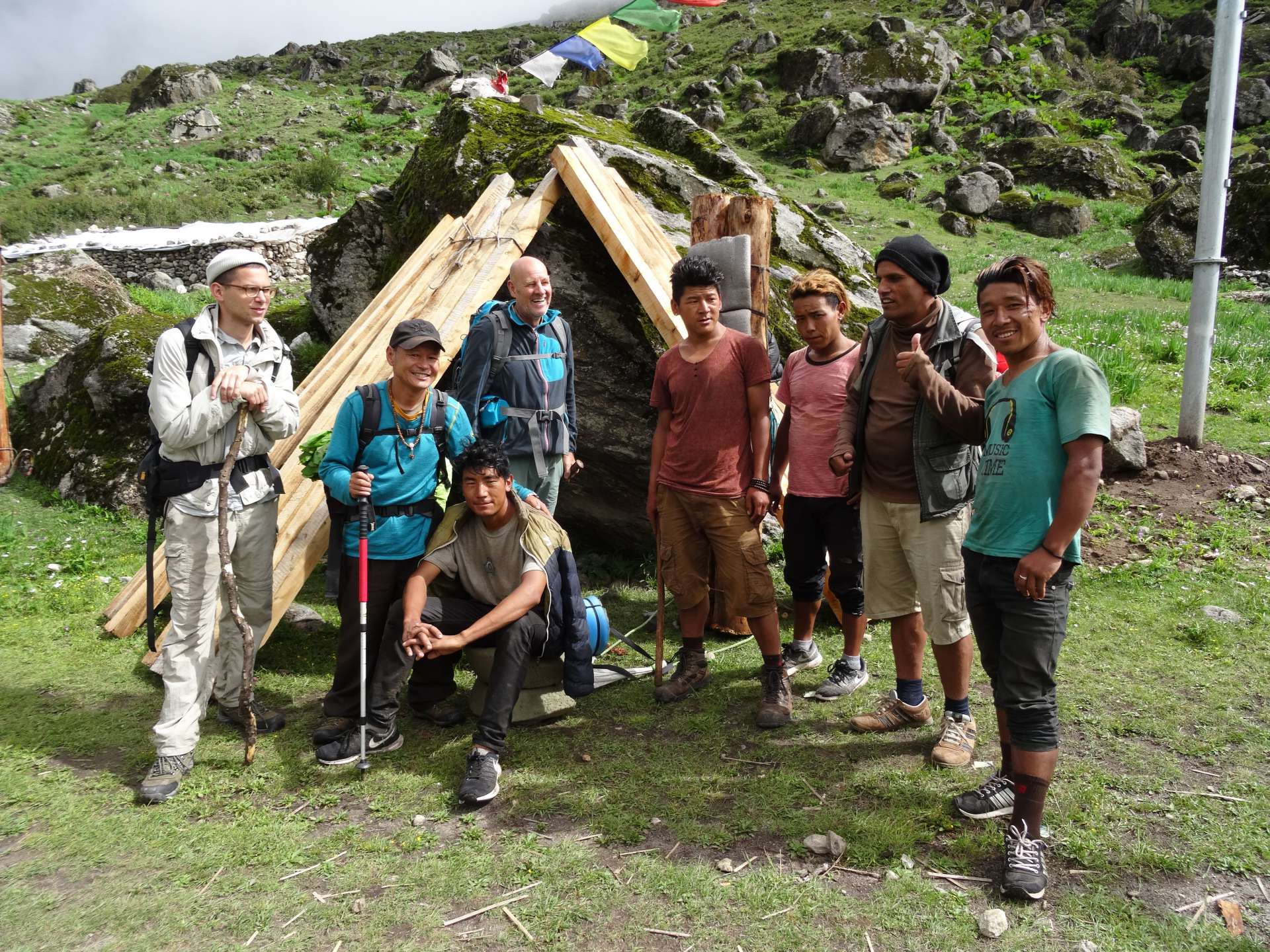
The hardworking porters taking a short break
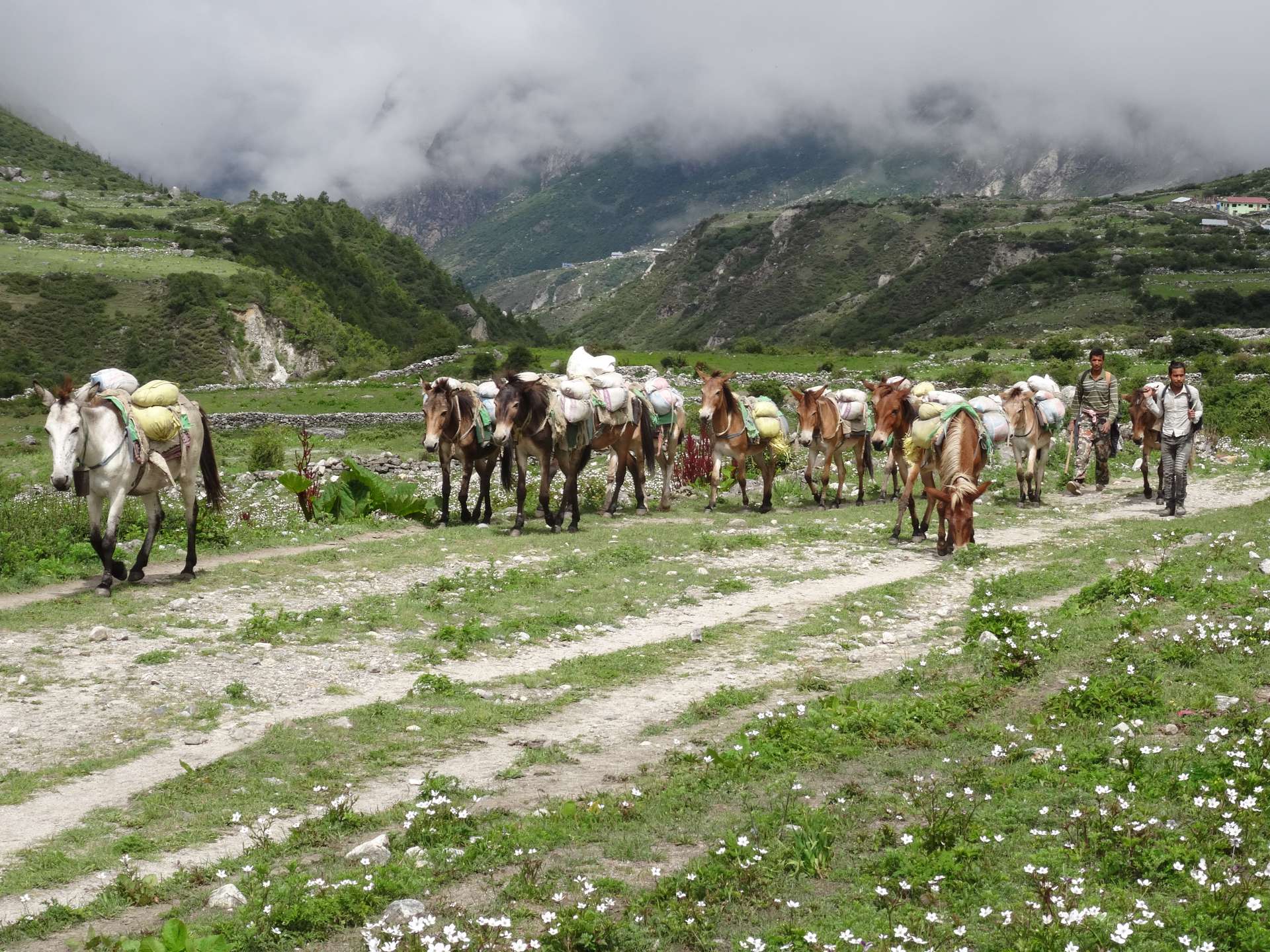
The next stage took us to the town of Langtang, situated at 3541m, which was particularly hard hit and almost completely destroyed. It was eerie to walk over the huge landslide that buried a river, the powerful roar of which can still be heard in some places.
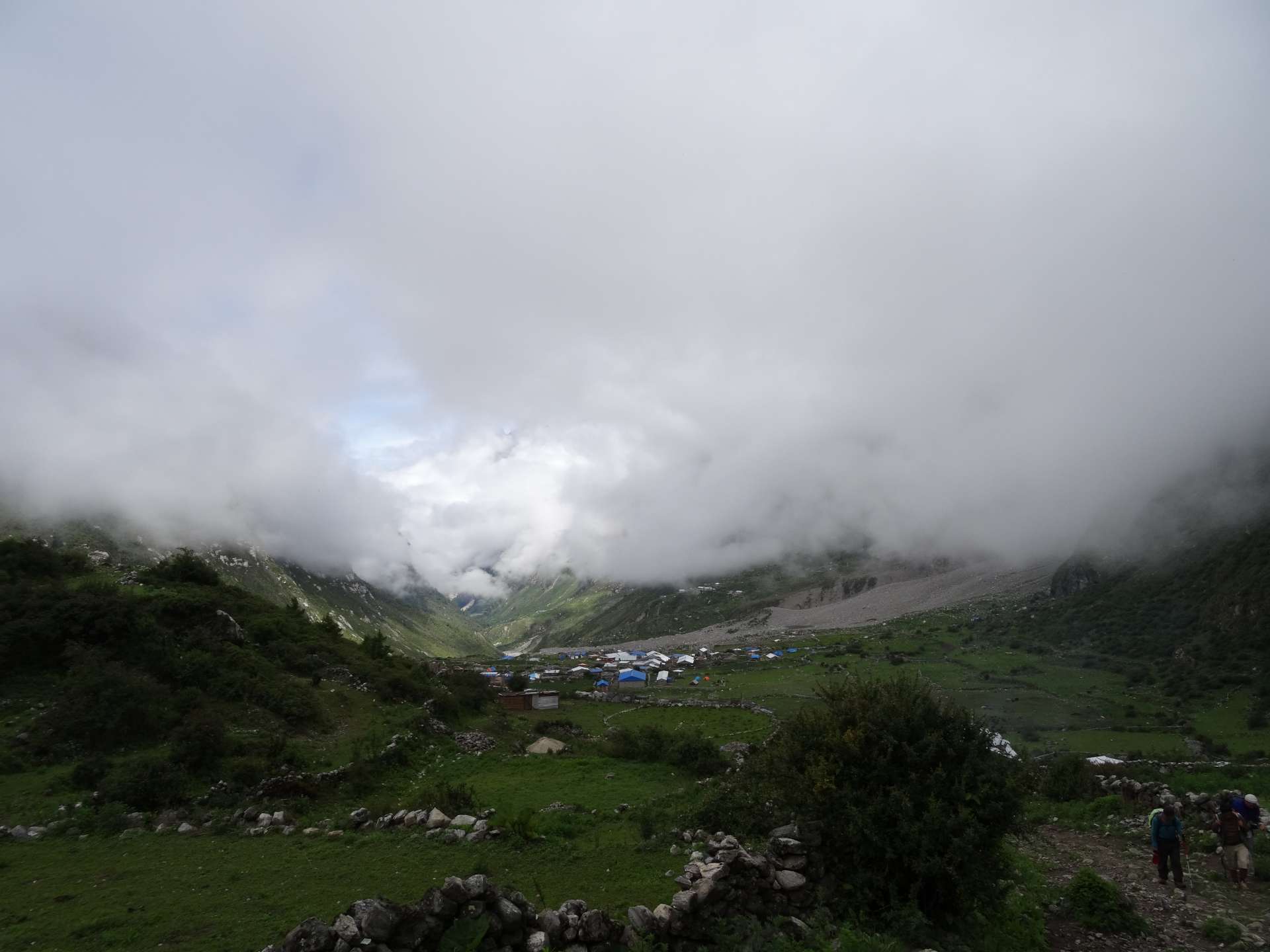
On the way there is the so-called Langtang Valley Clinic, which is equivalent to a medical station and is operated by the lovely young nurse, Sim. Only in urgent cases is a doctor called in, as in such really threatening cases, patients would be transported by helicopter to the nearest hospital anyway. In any case, it's best not to have any acute problems here... Sim proudly showed me her supply of medication, and the men immediately had their blood pressure measured by the pretty nurse.
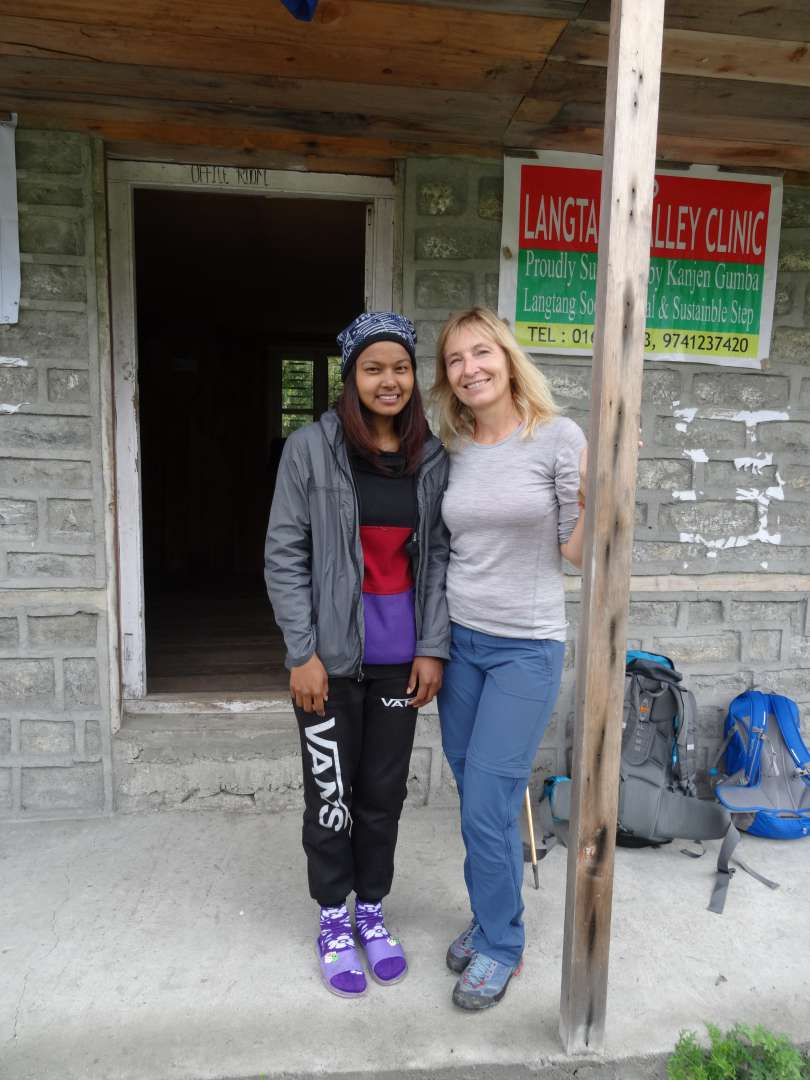

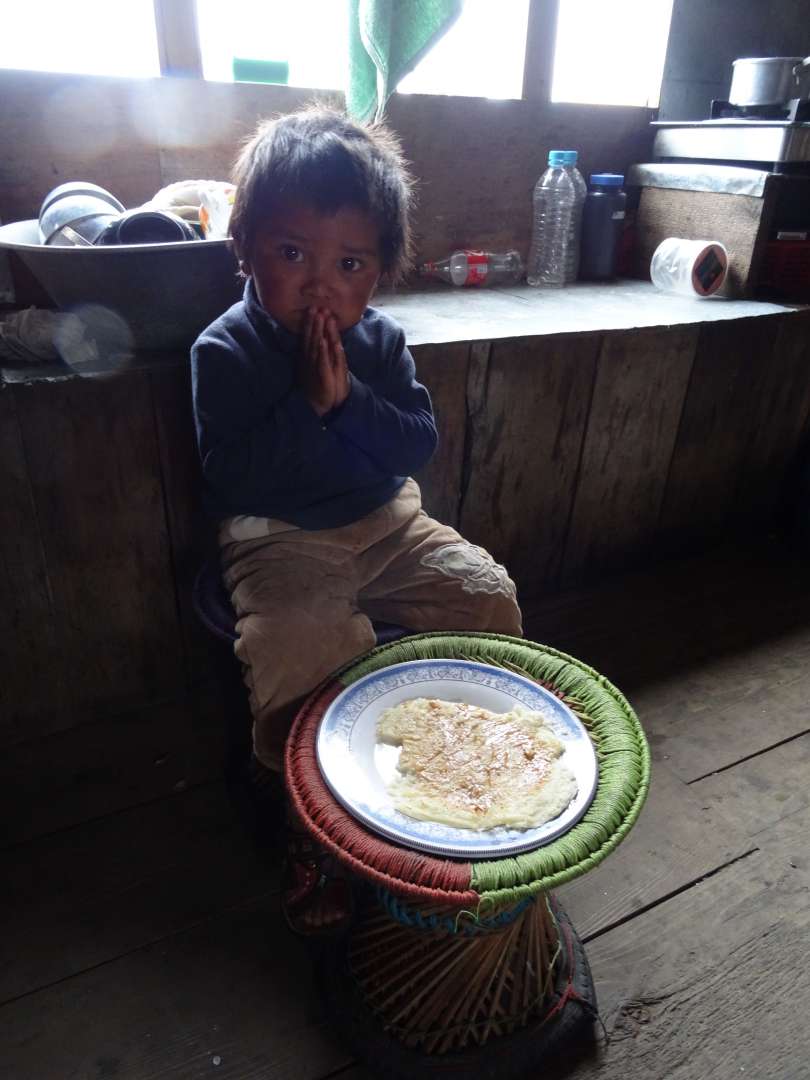
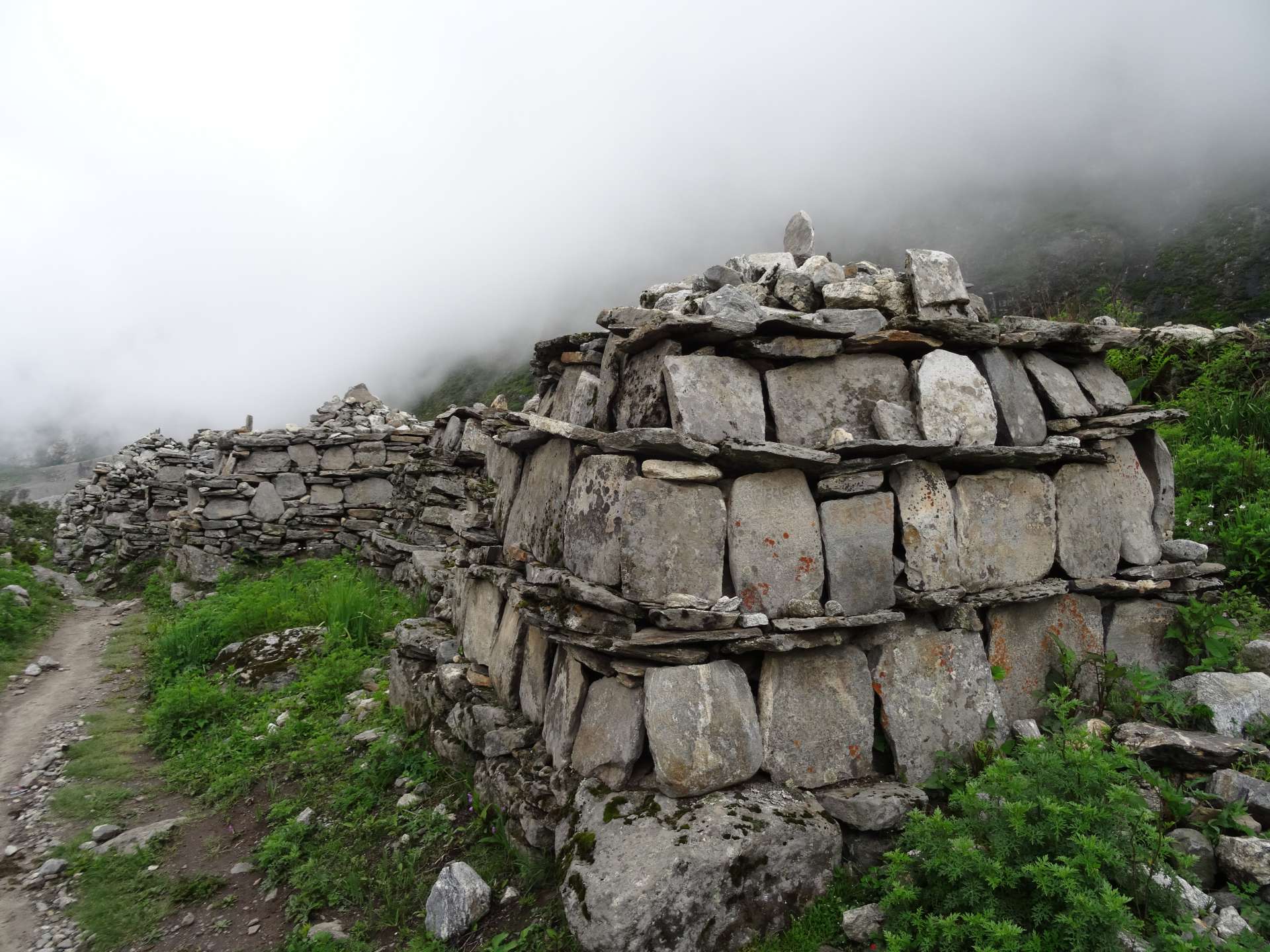
Many such mani walls with Tibetan prayer flags can be seen along the entire route.

You only encounter the impressive yaks at higher altitudes.

Thanks to a brief break in the clouds, we were even granted a view of Langtang II.
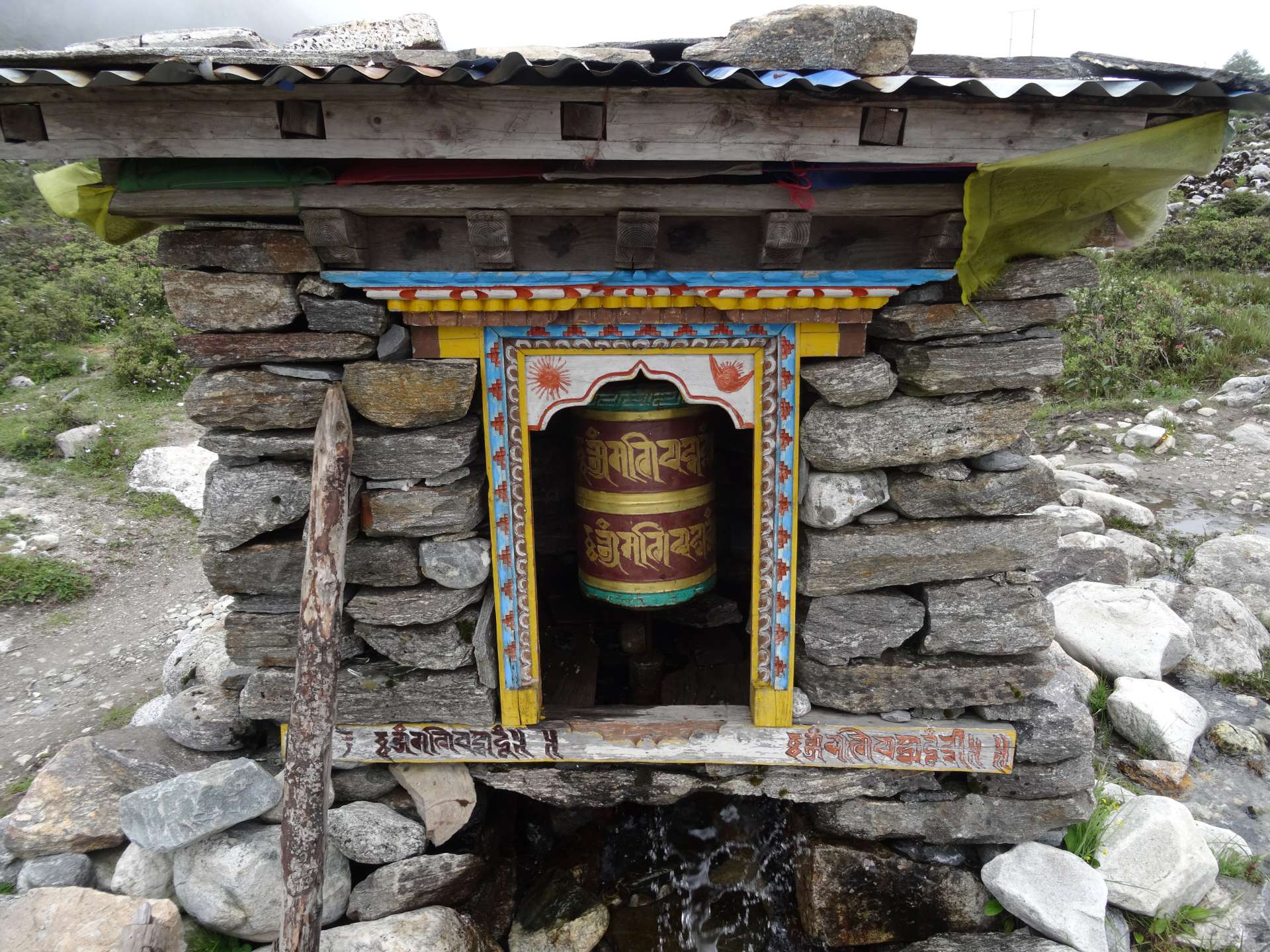
The prayer wheel operated by 'water power'
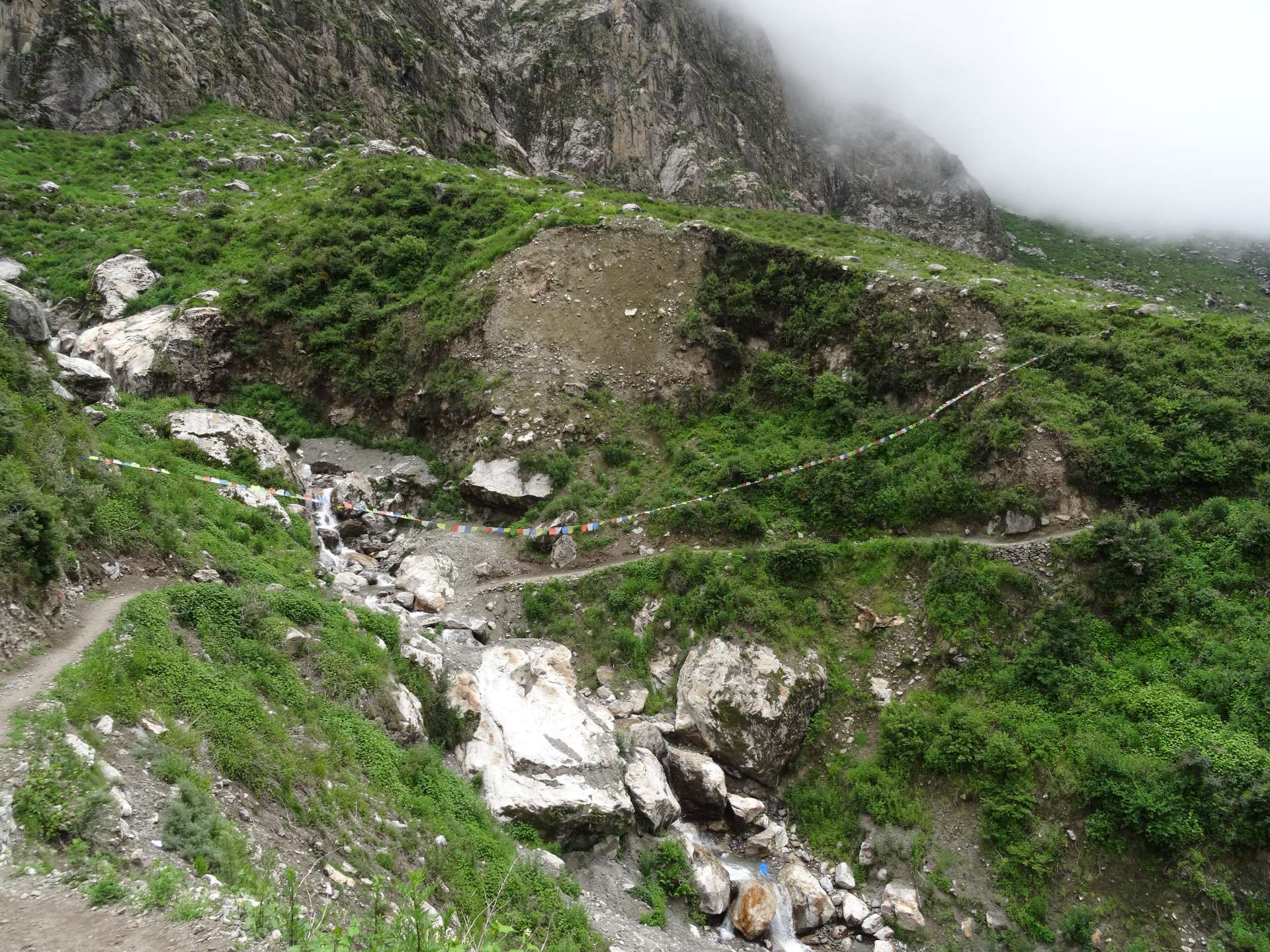
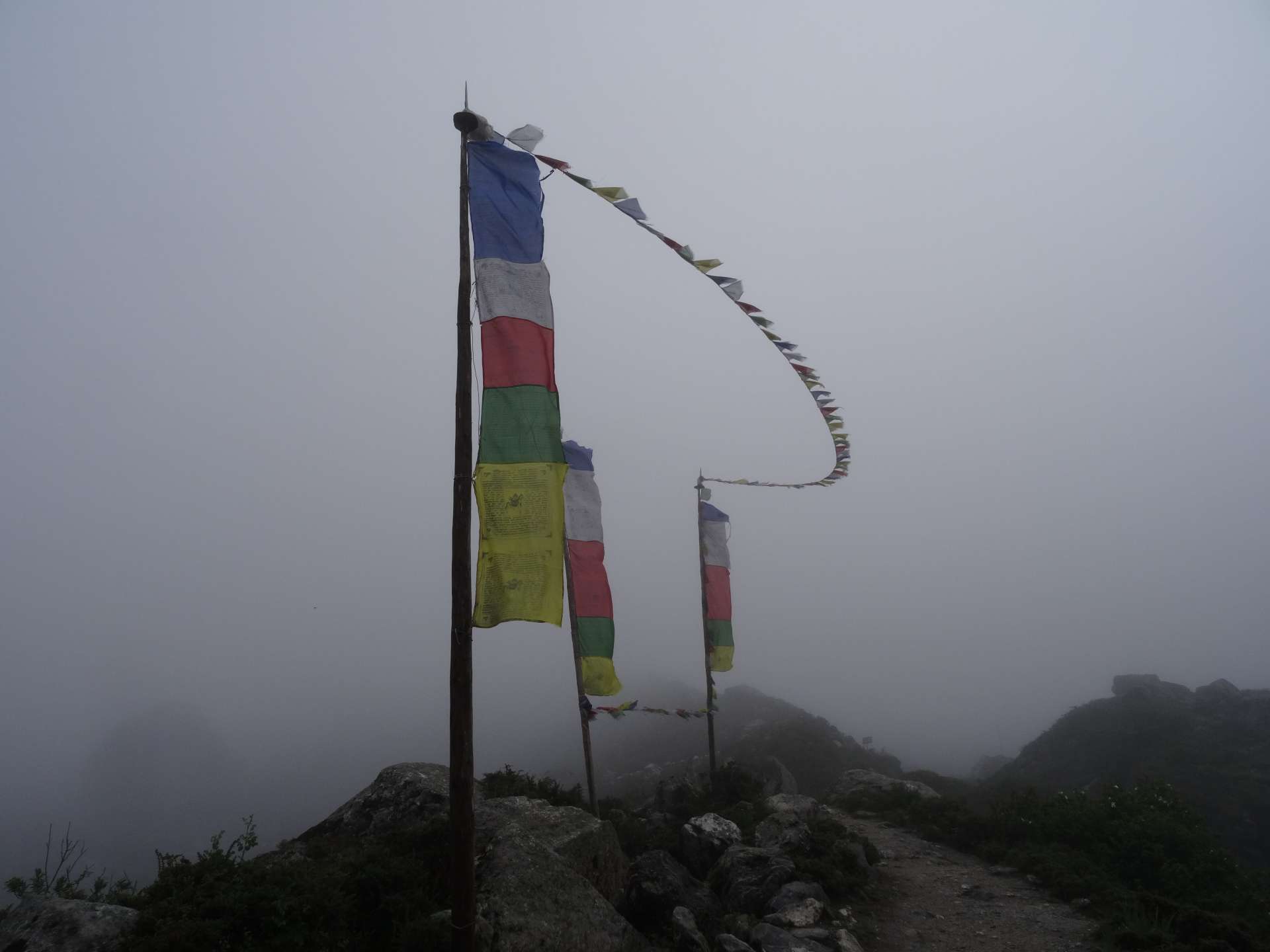



Подписаться на новостную рассылку
Отвечать (1)
Silvia
Wunderbare Bilder, sehr beeindruckend eure Reiseerlebnisse!
Ach, ich wär so gern ein kleines Mäuschen in eurem Rucksack ;)